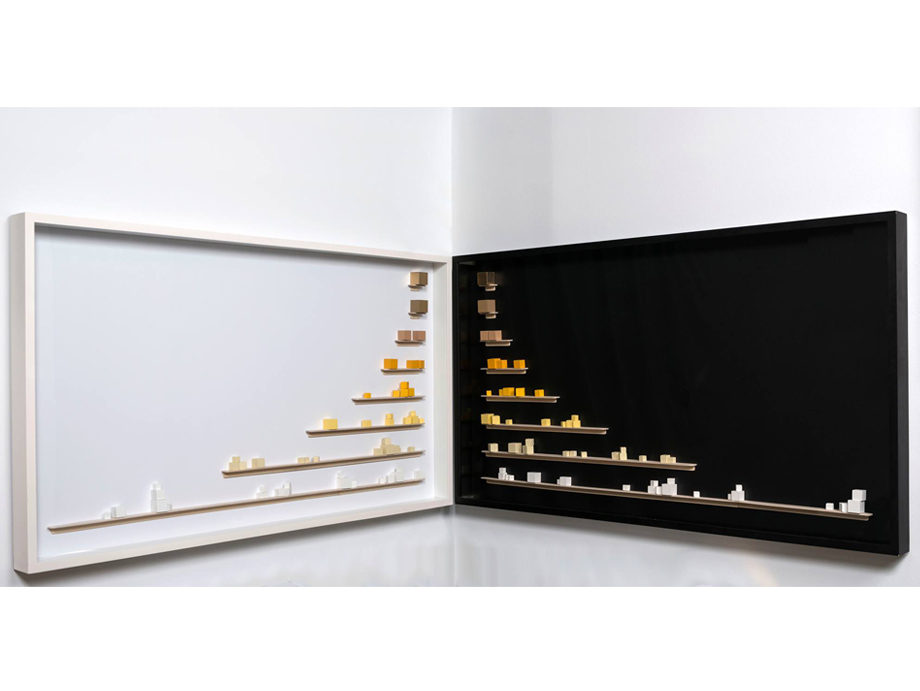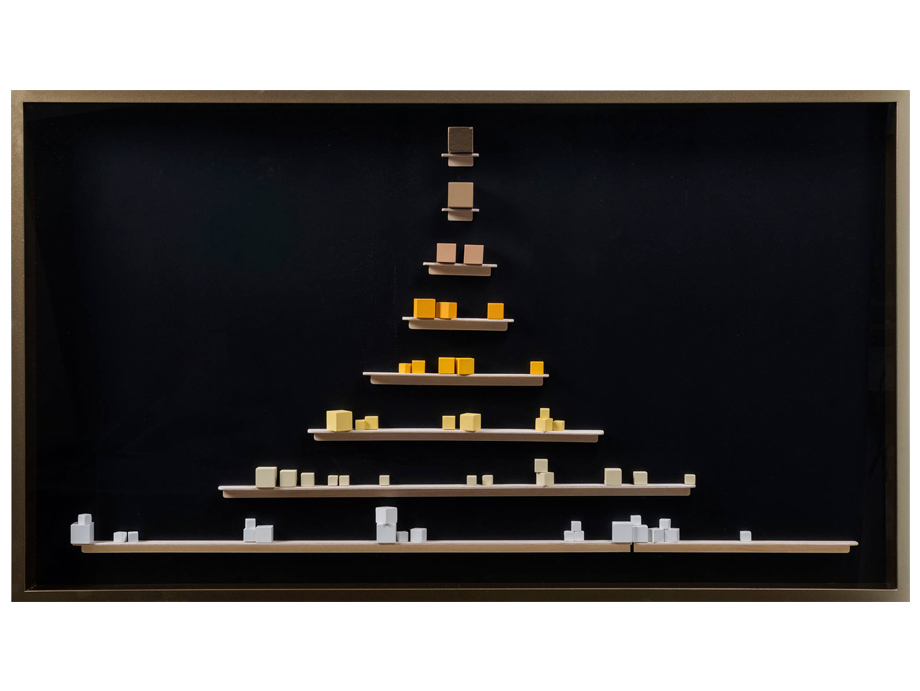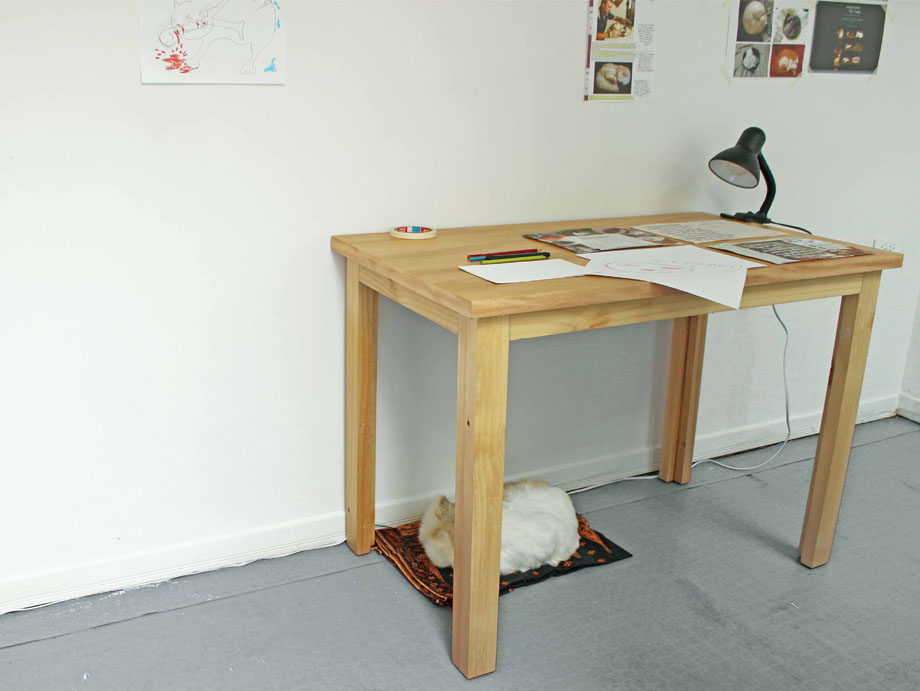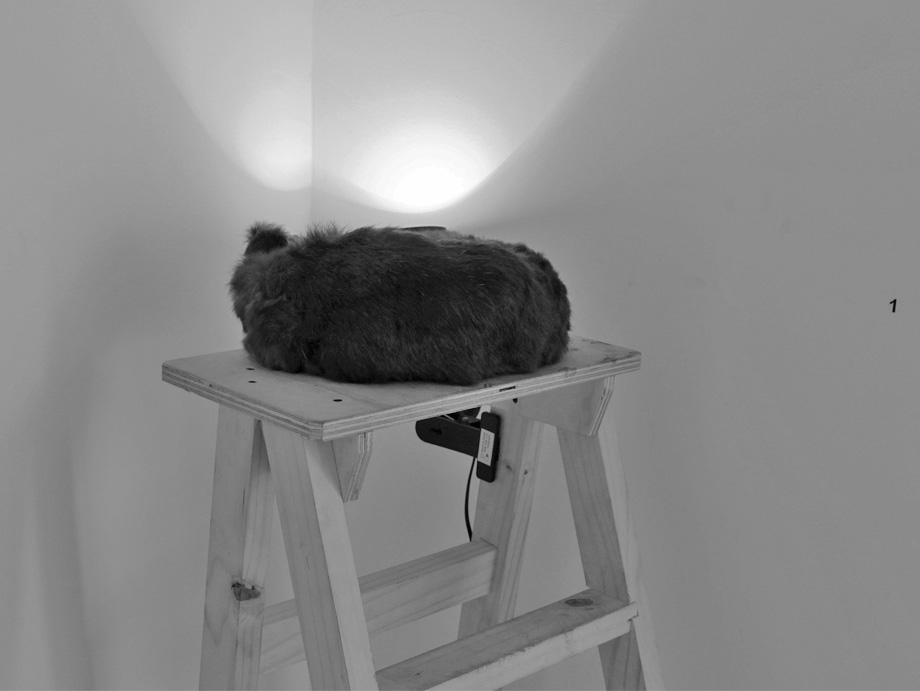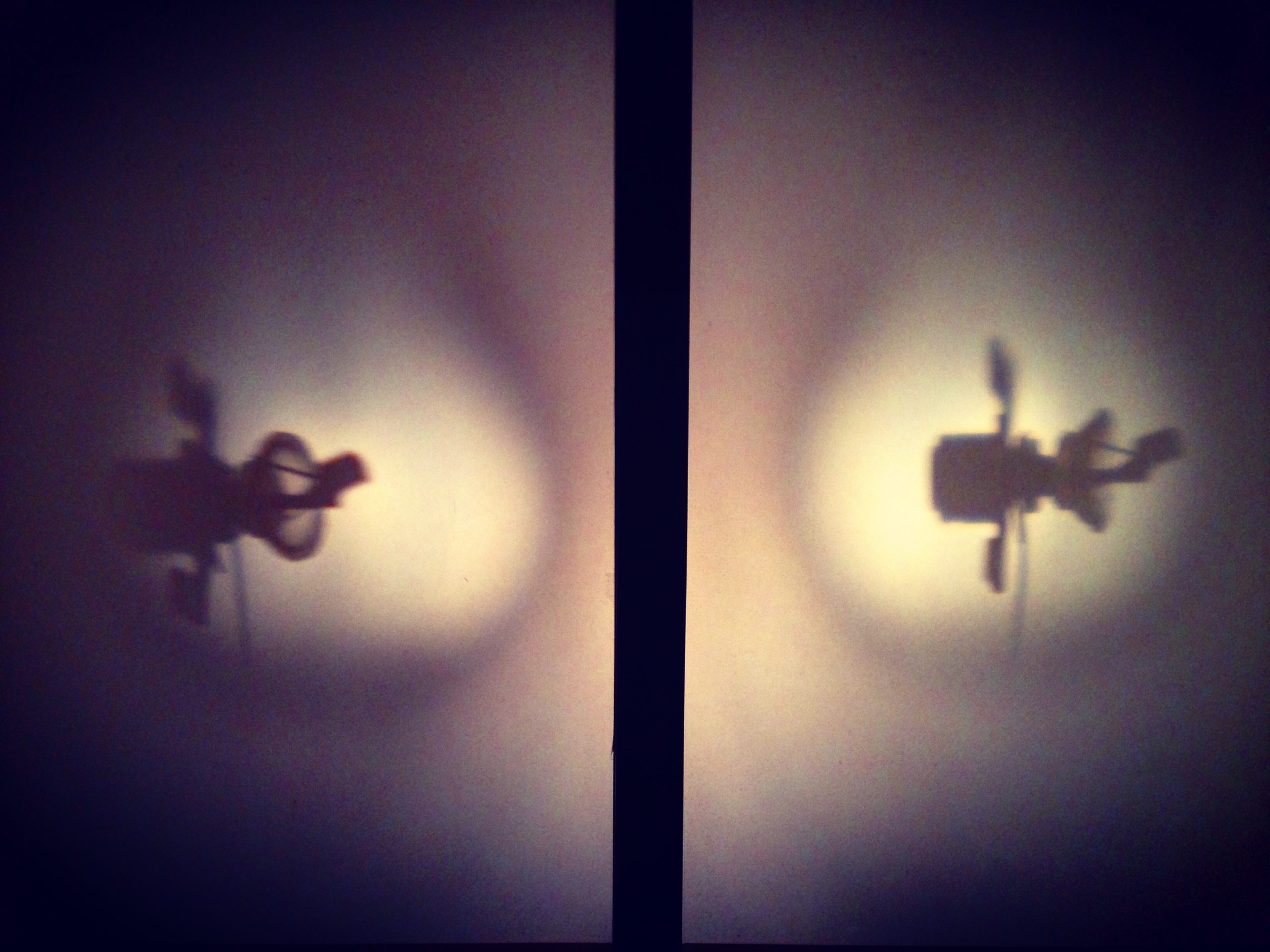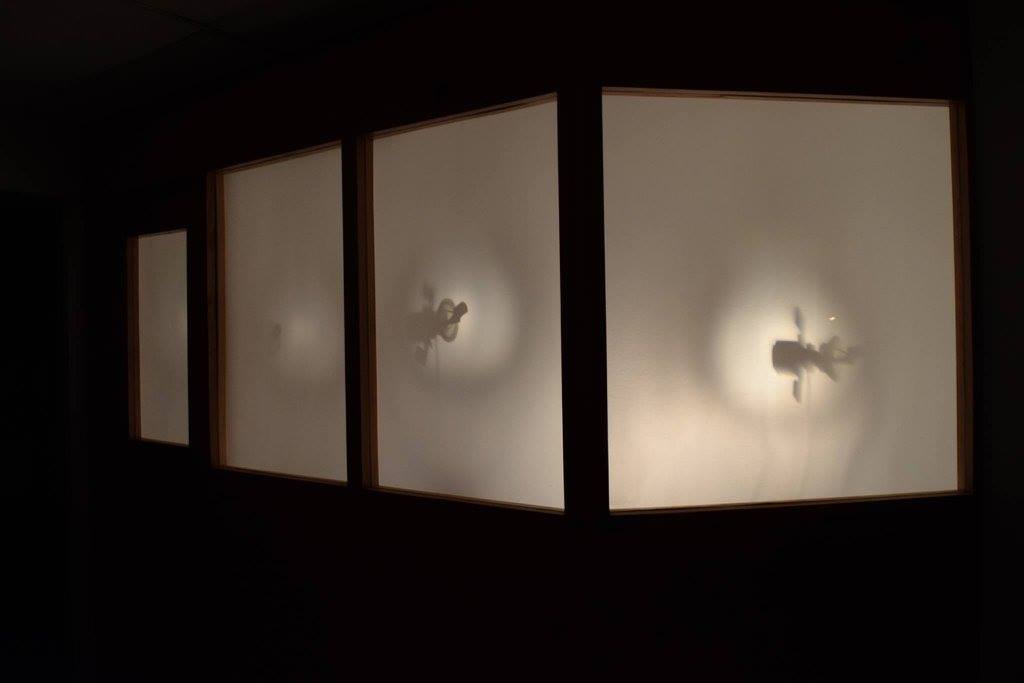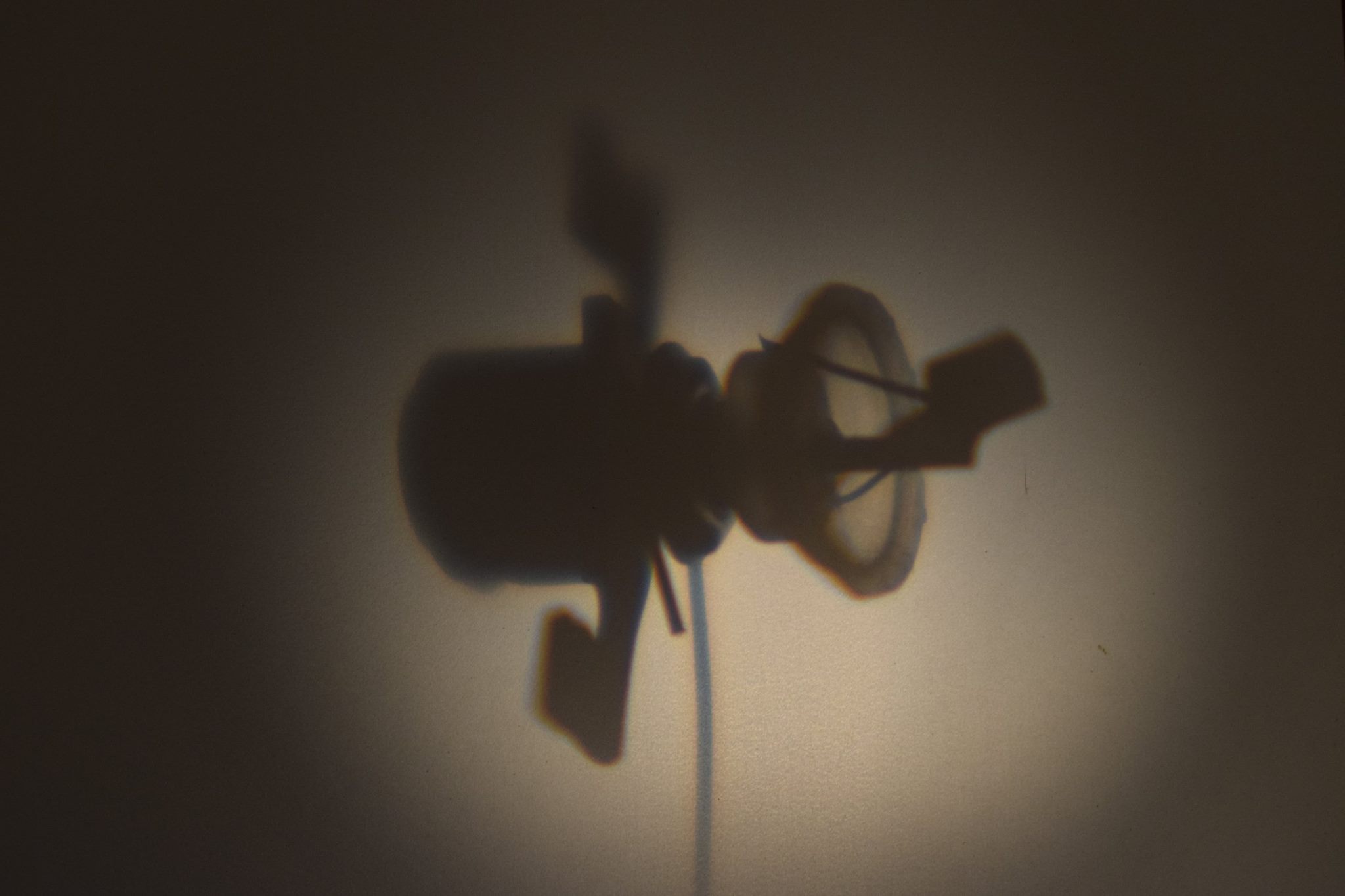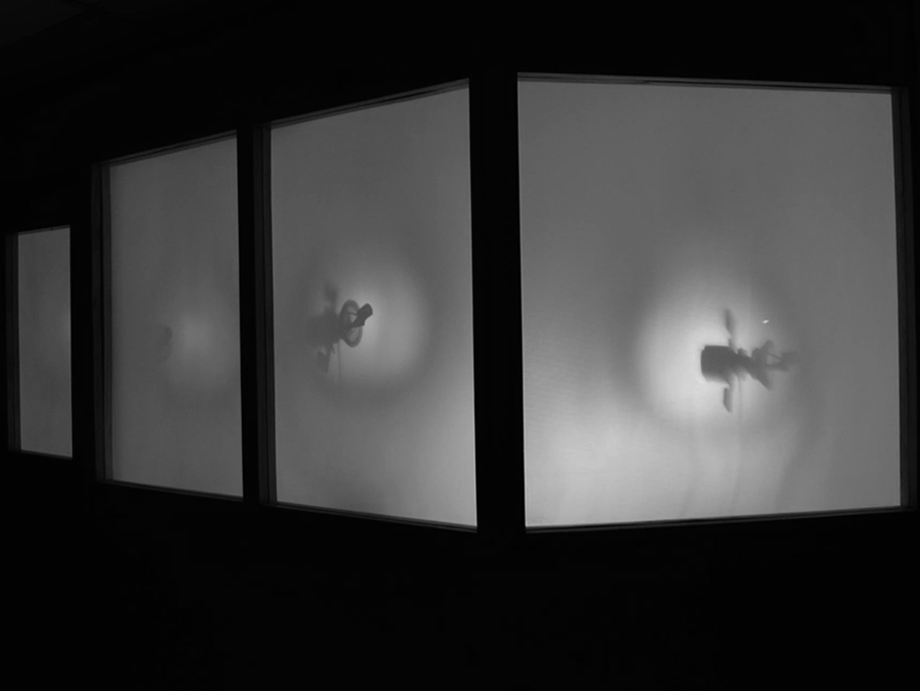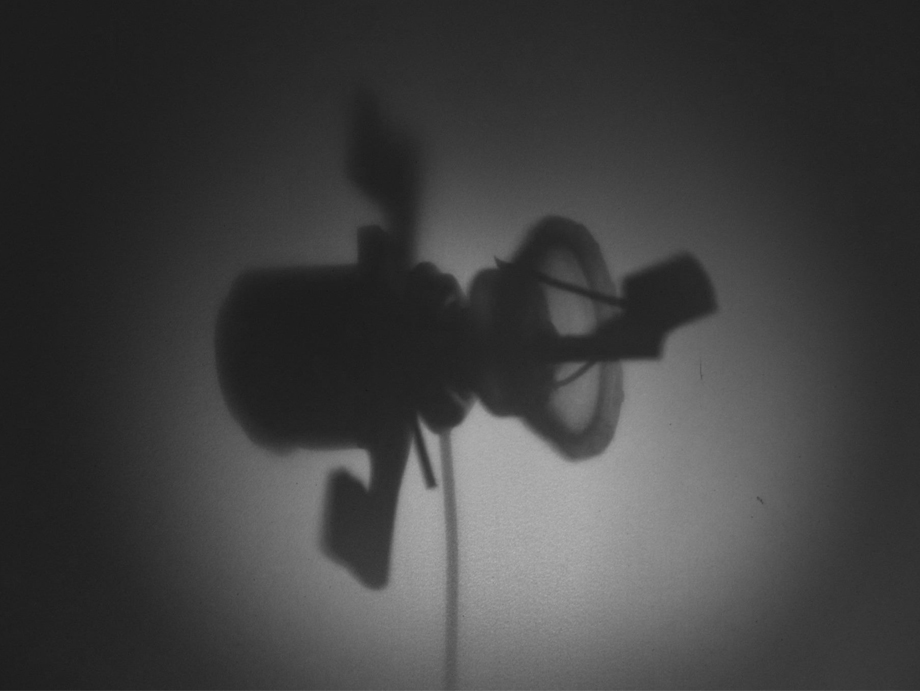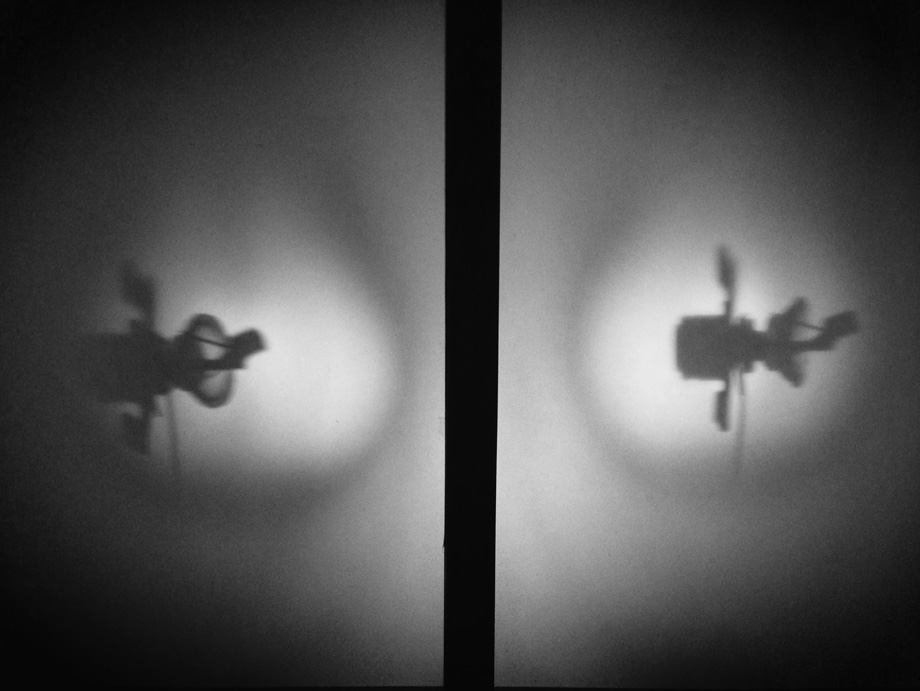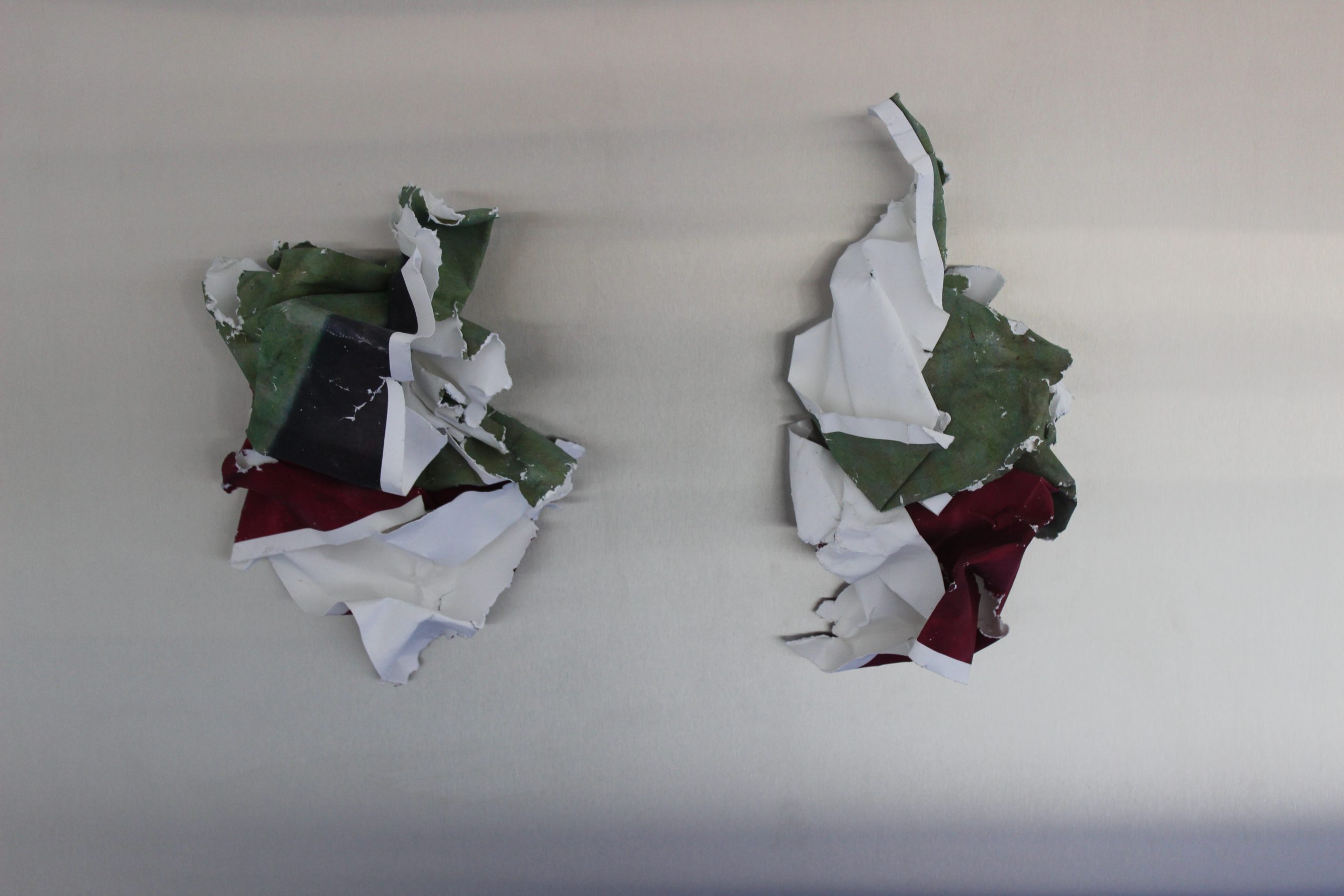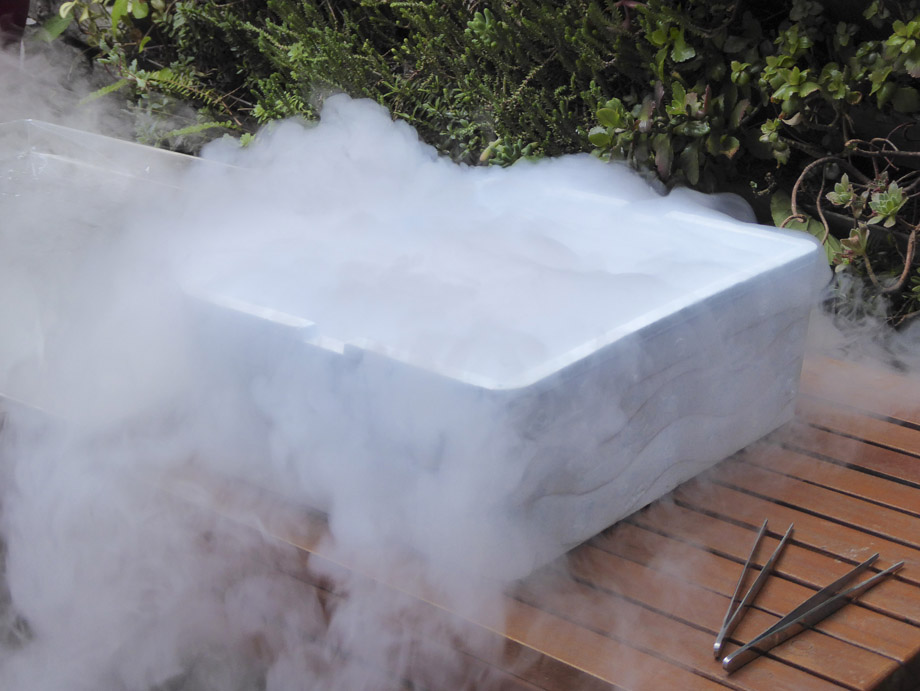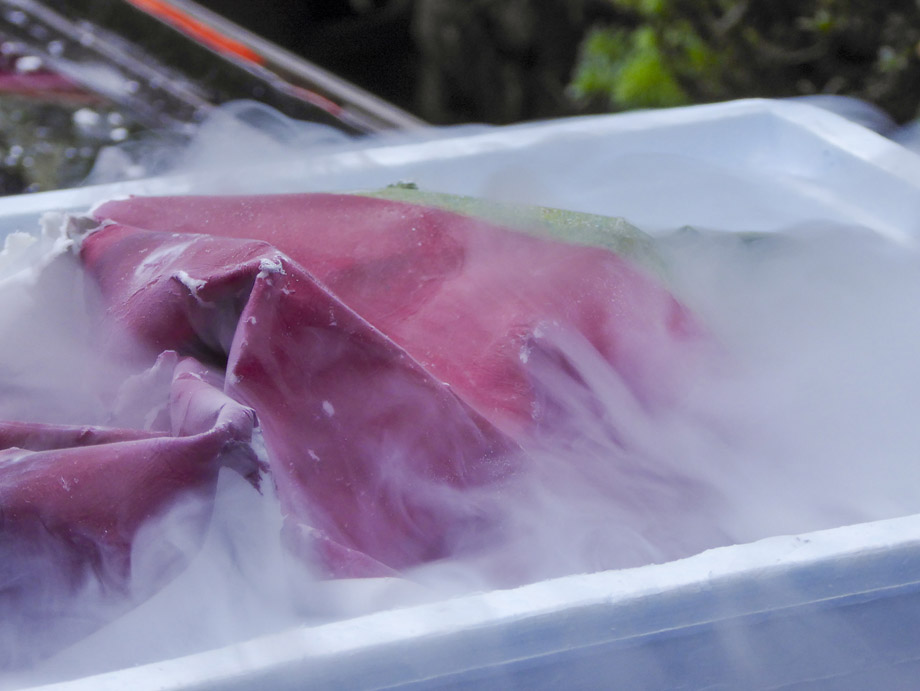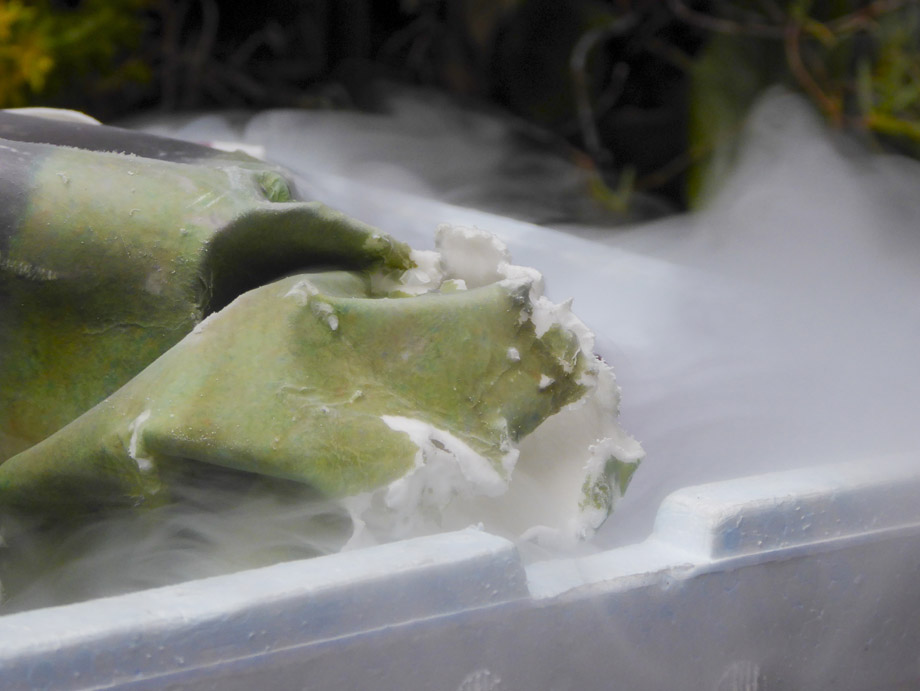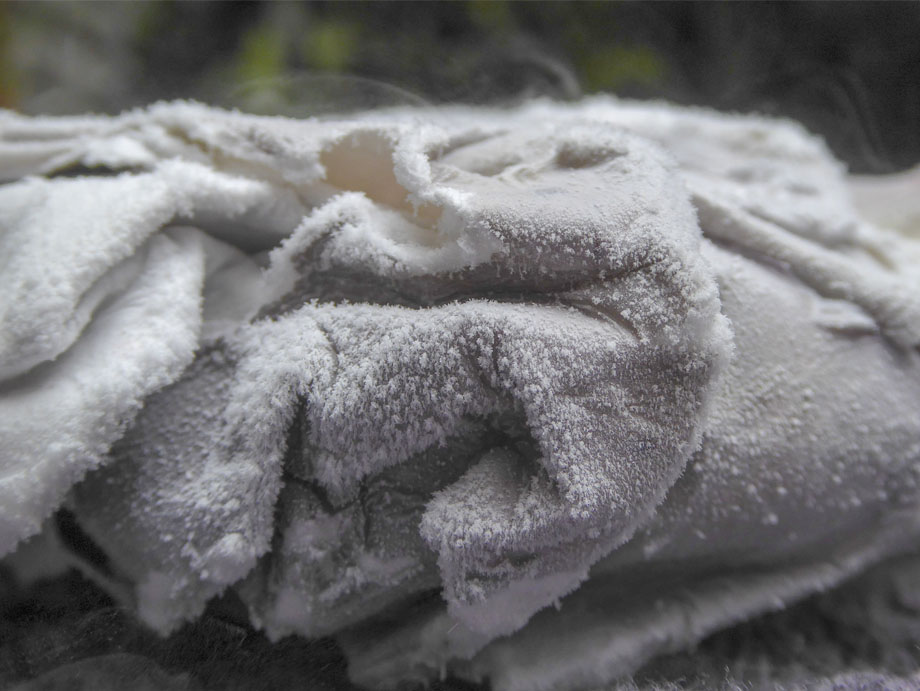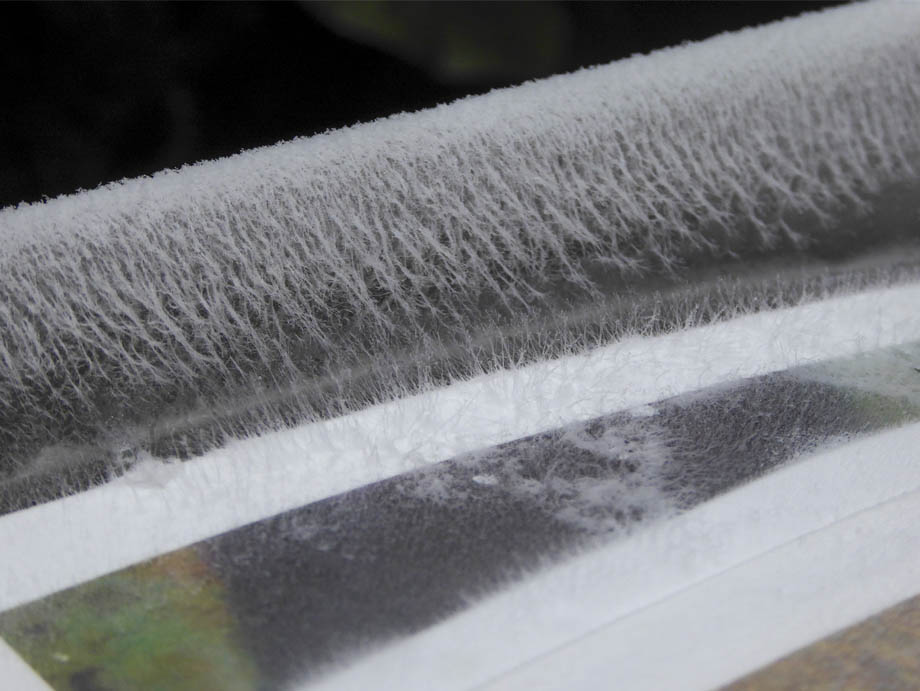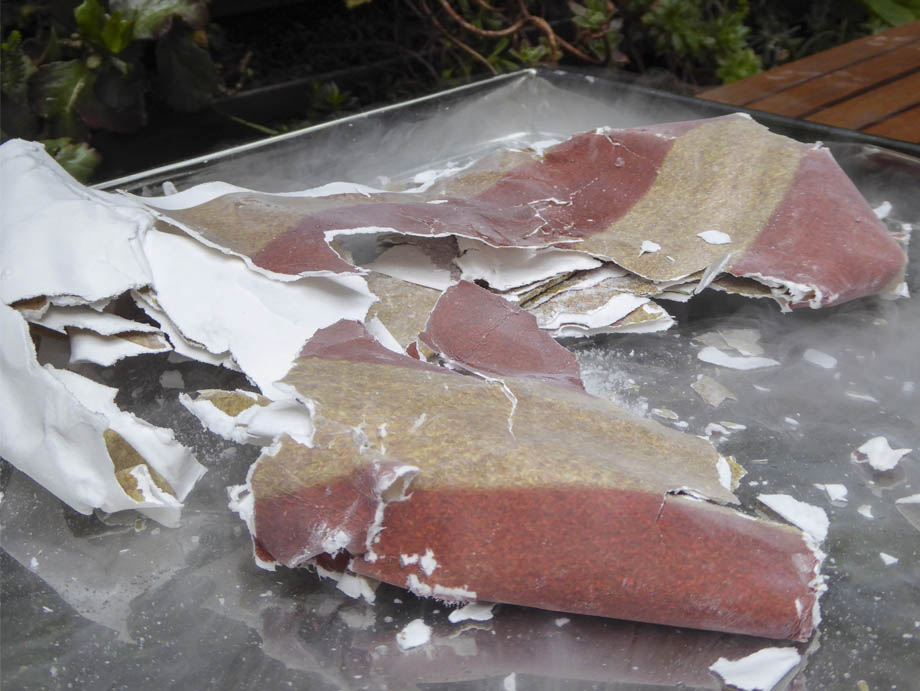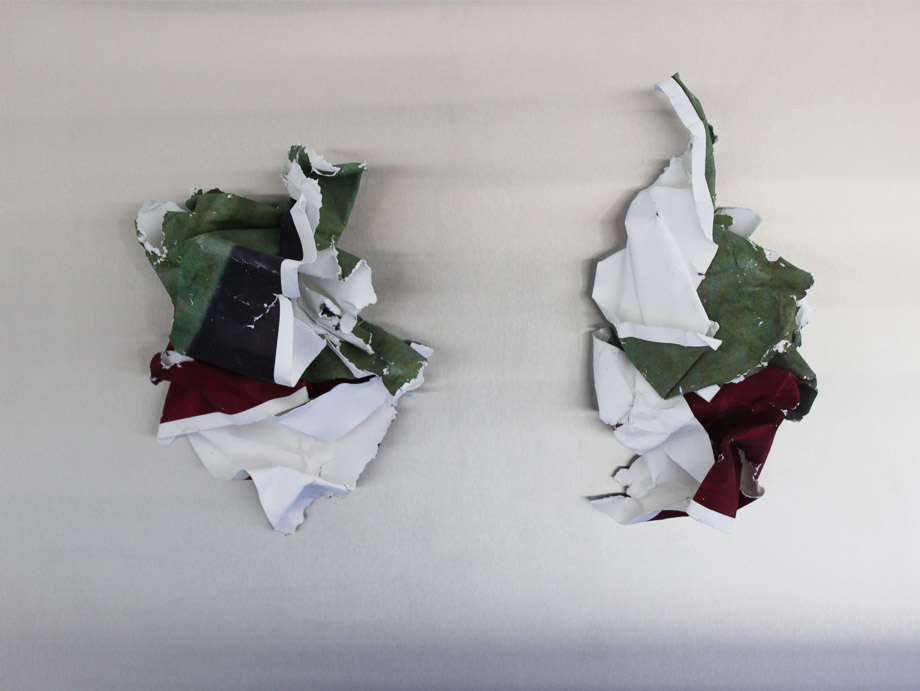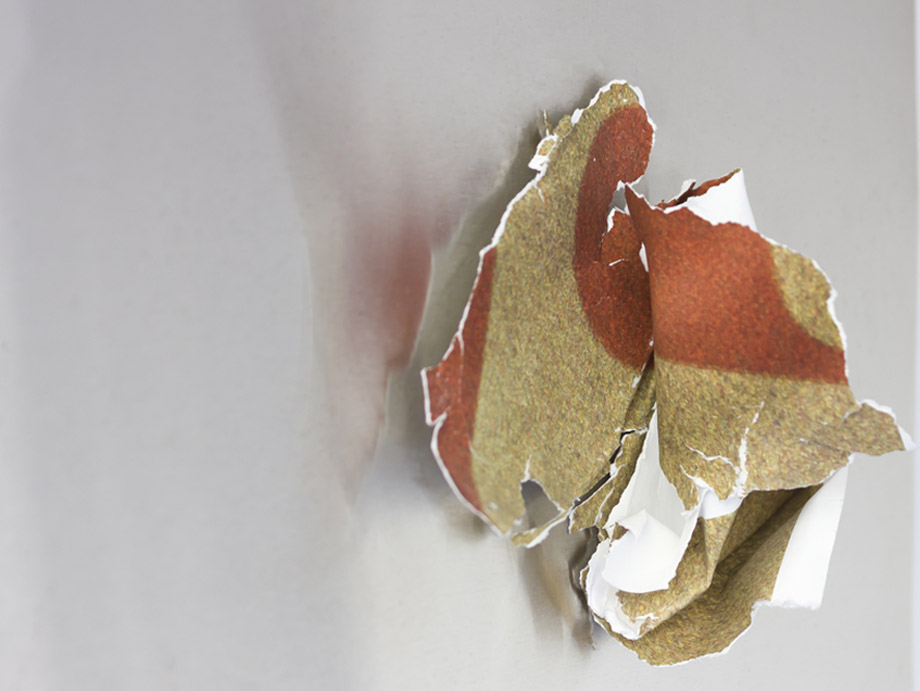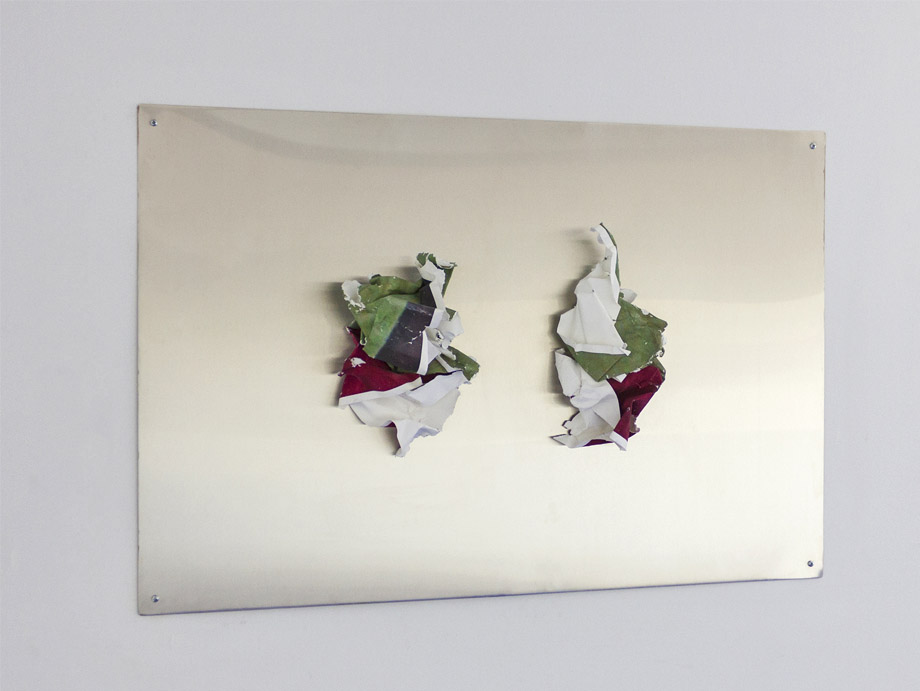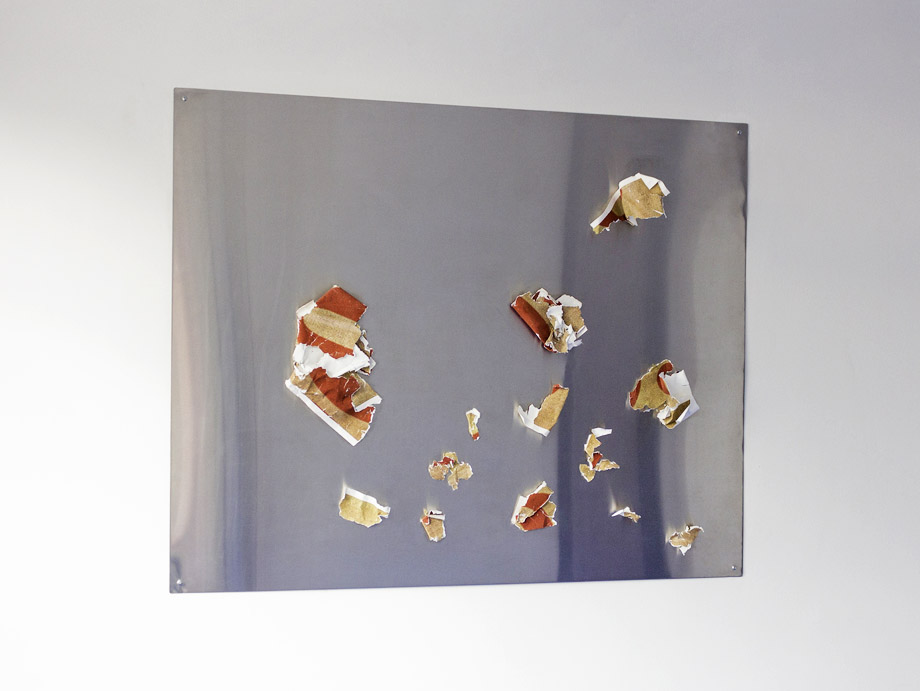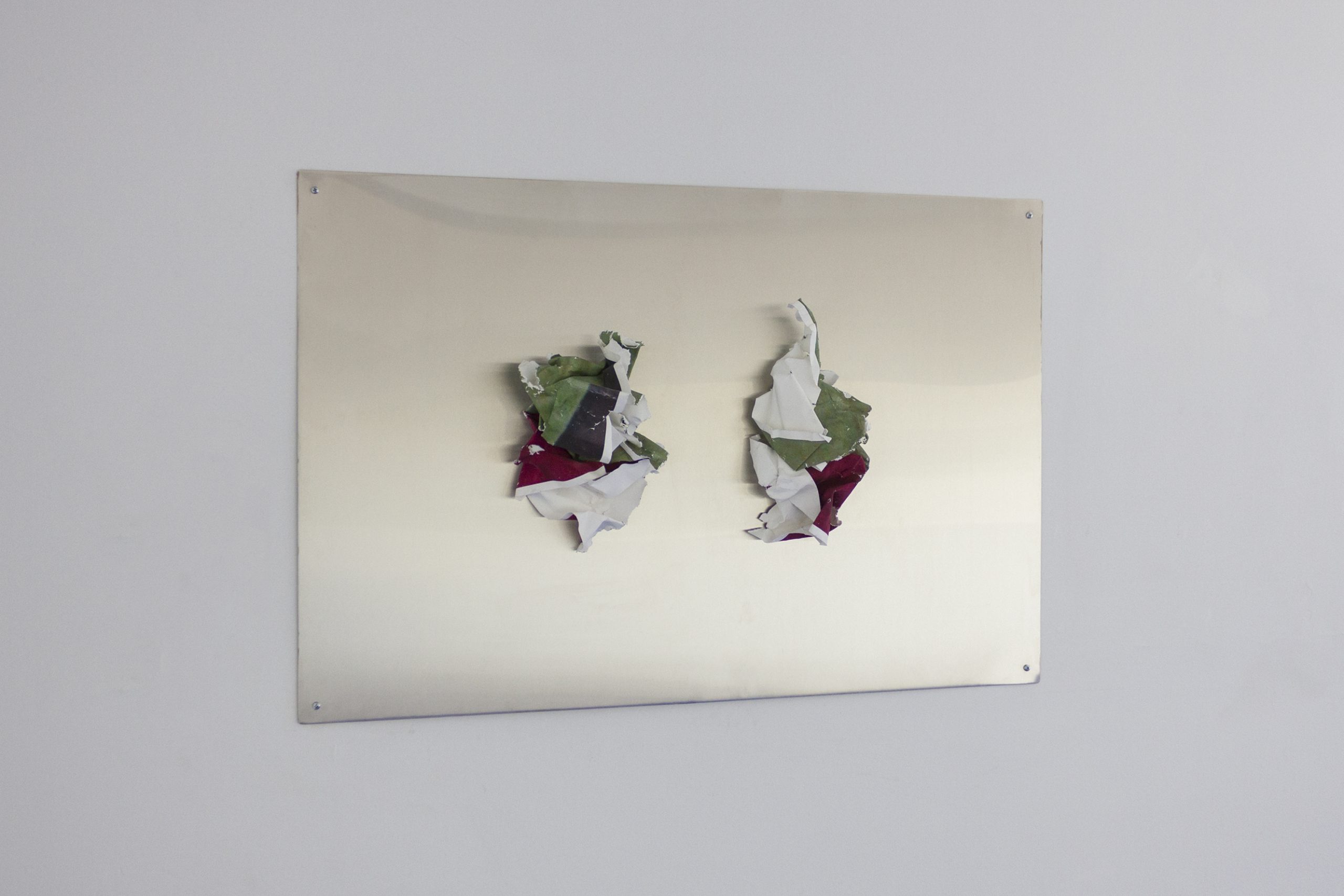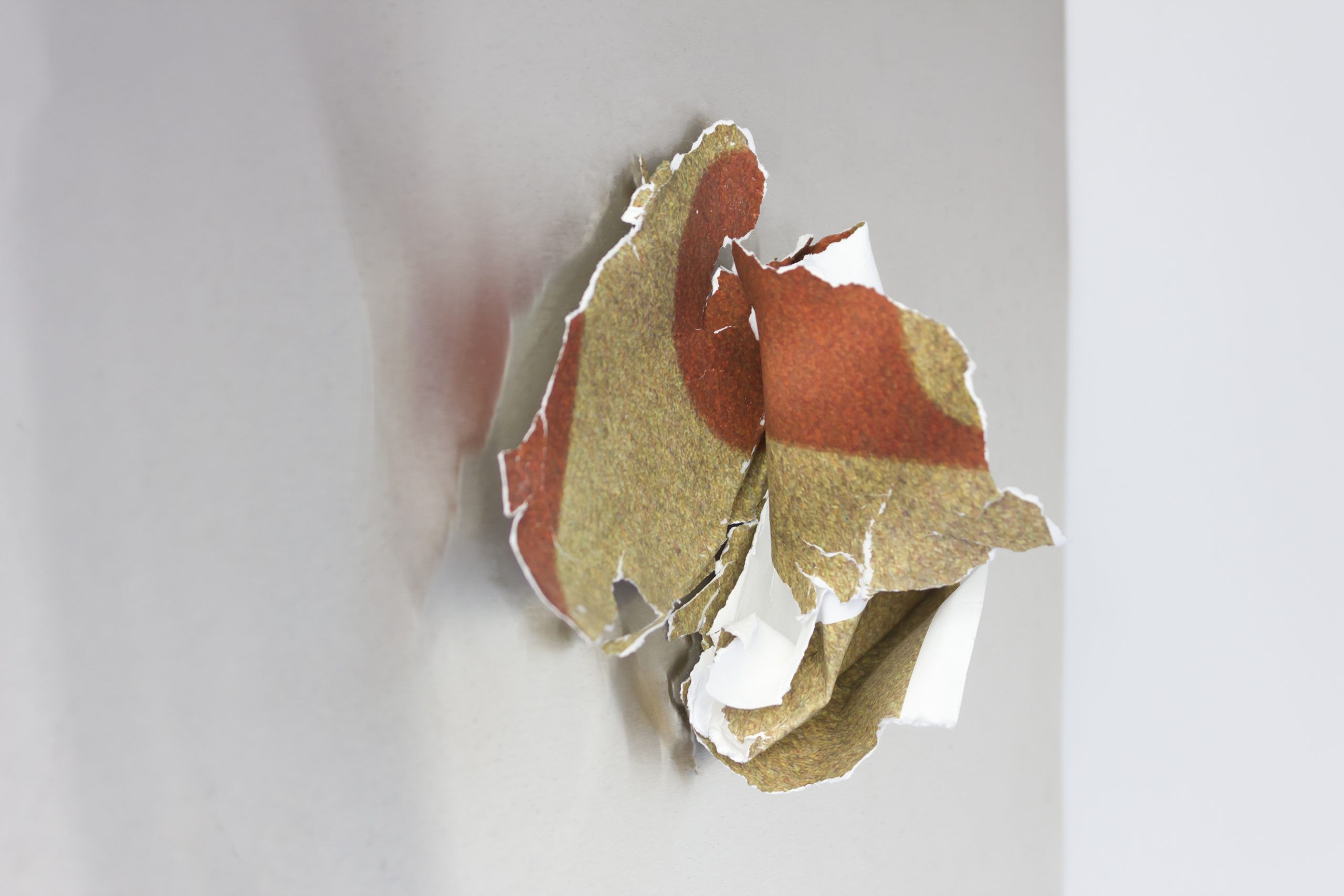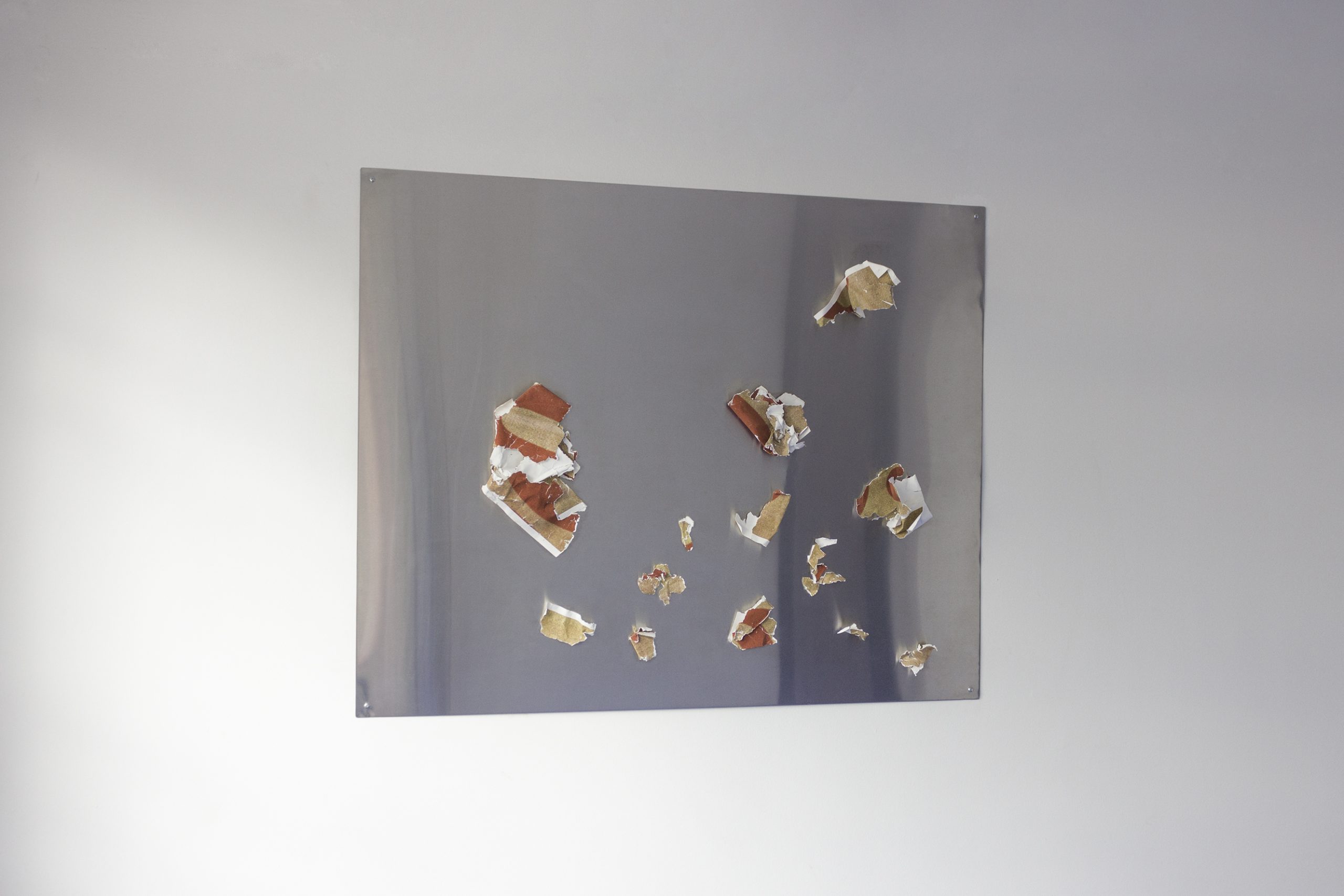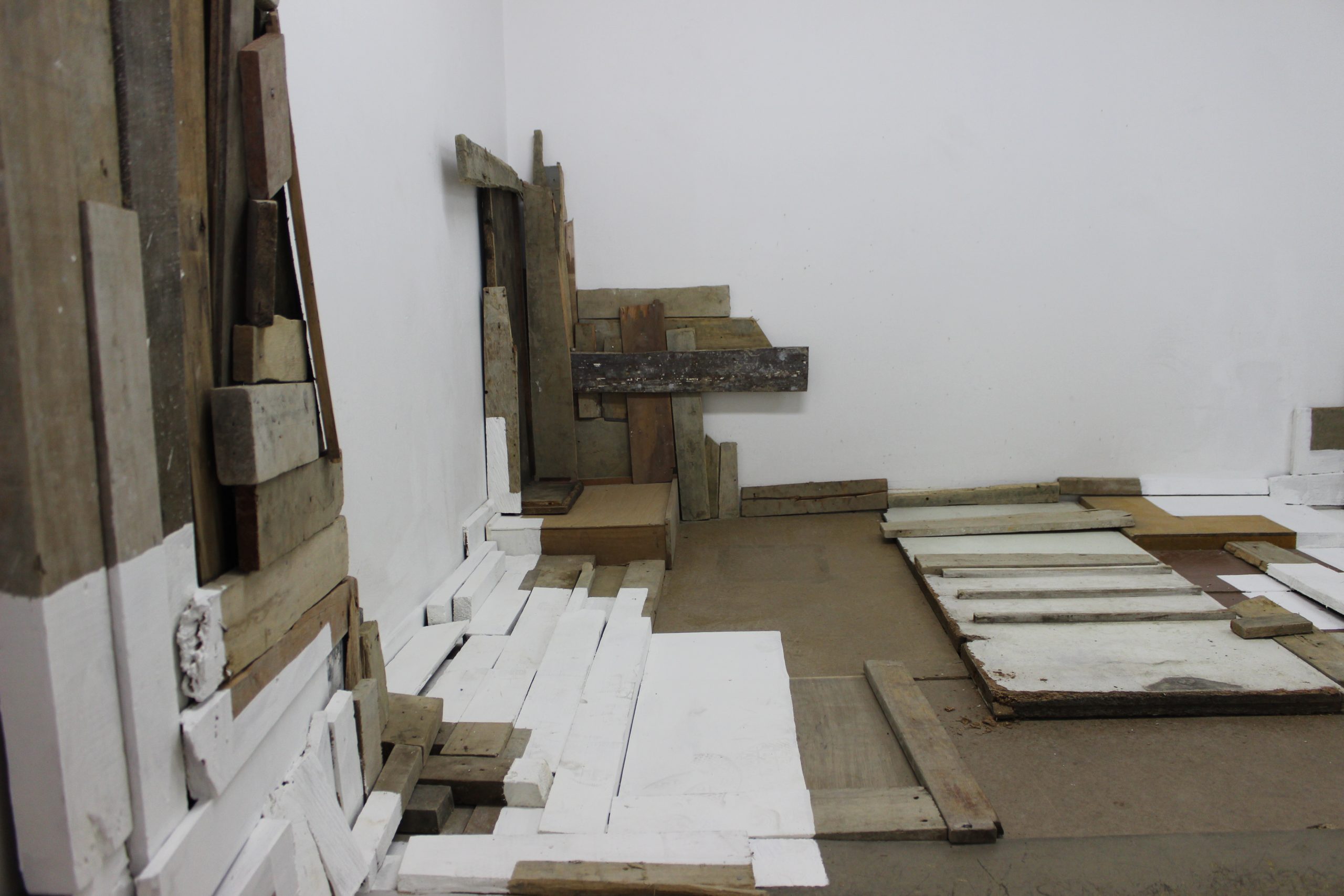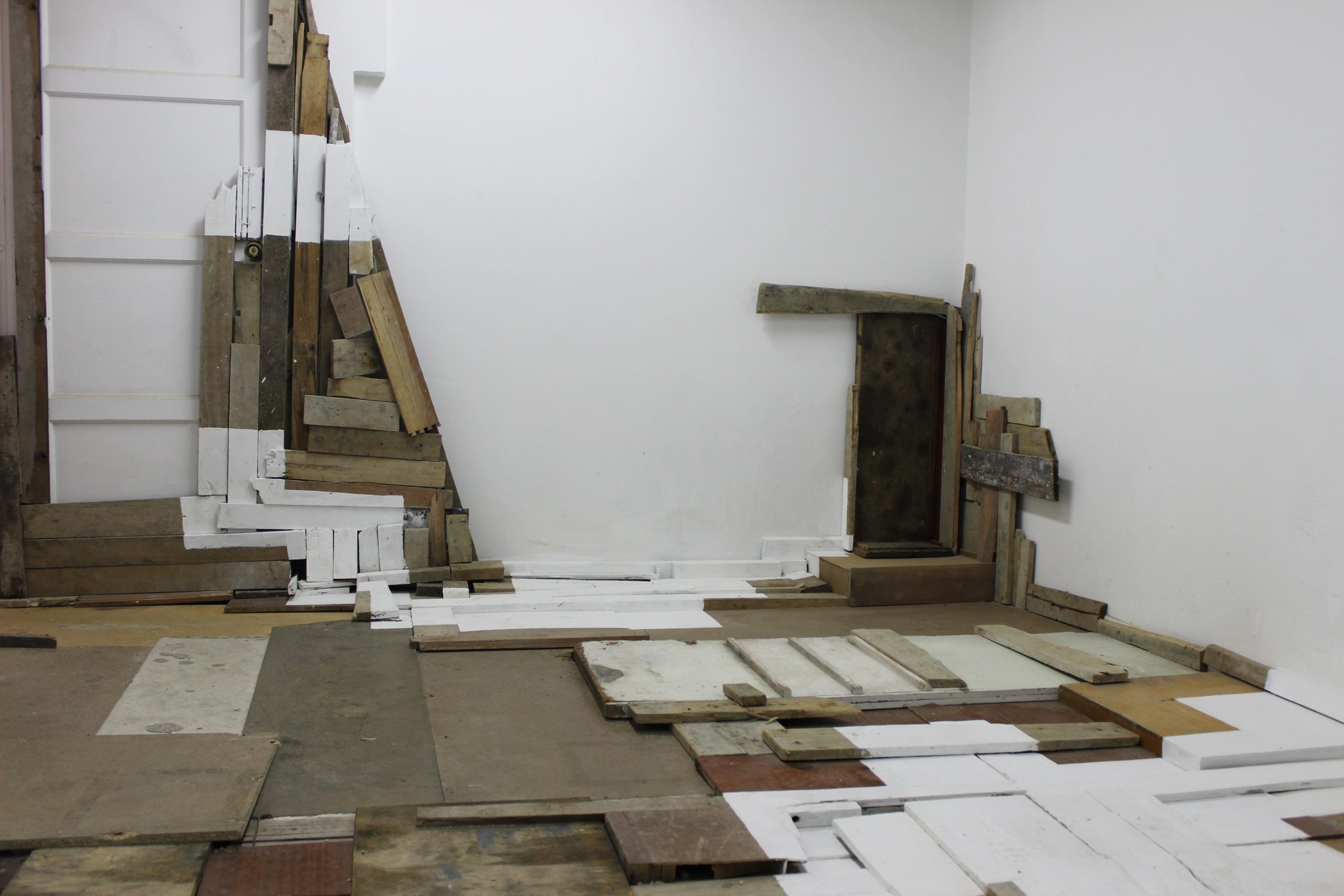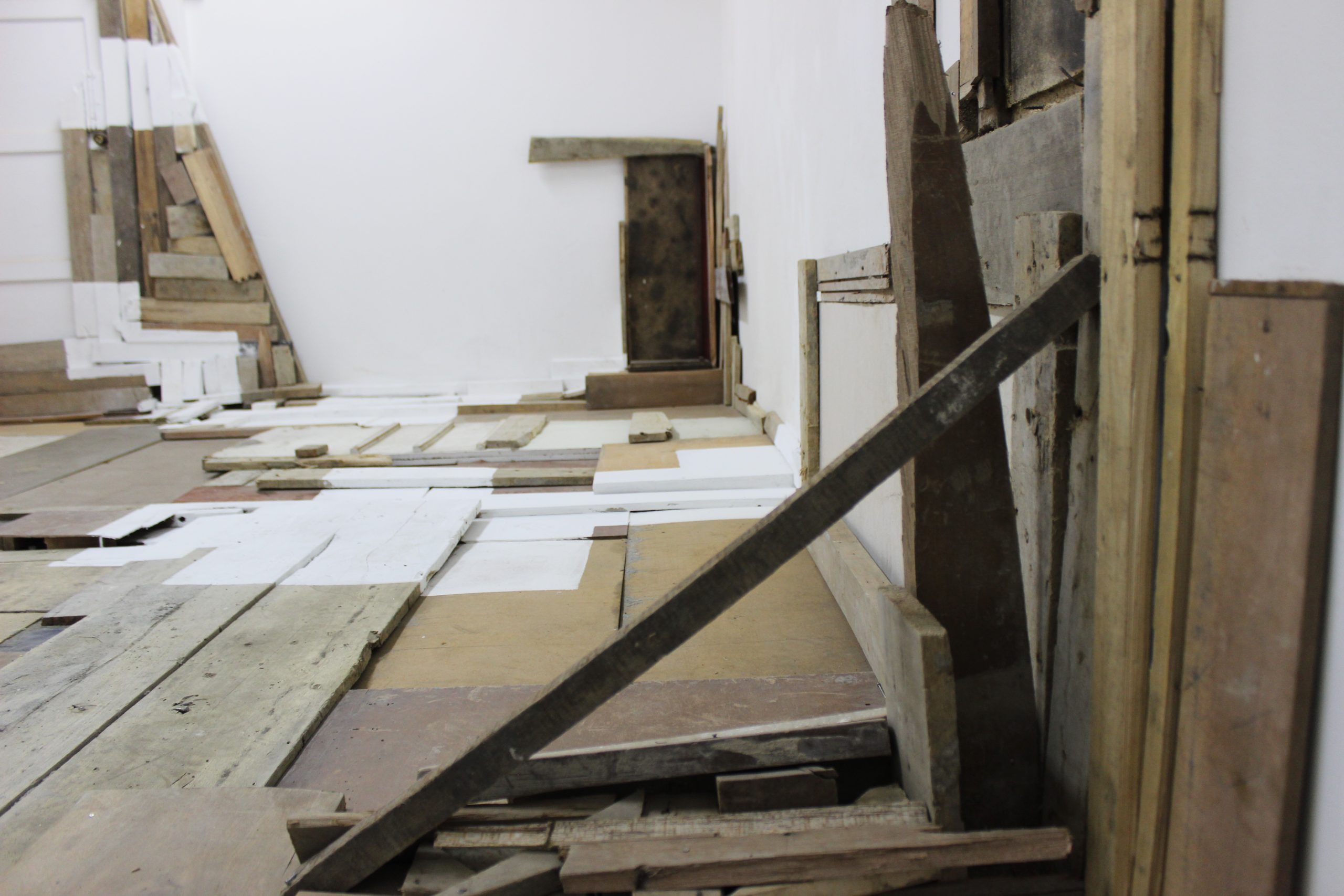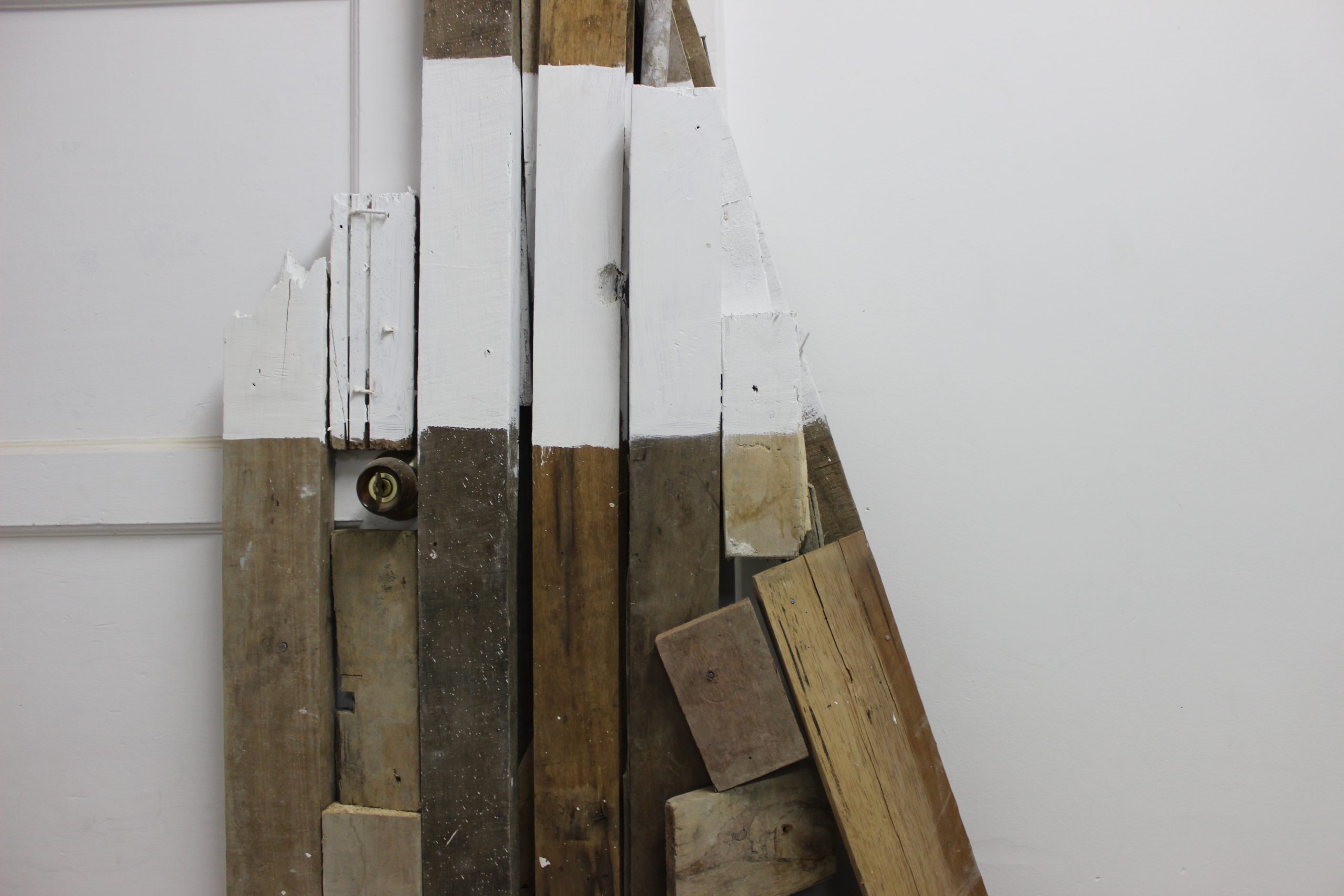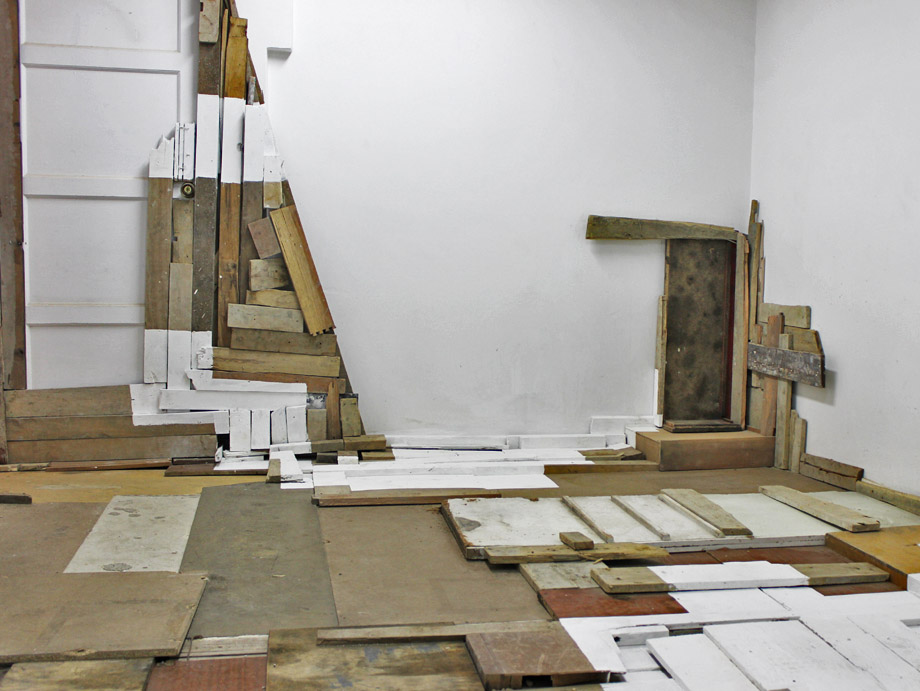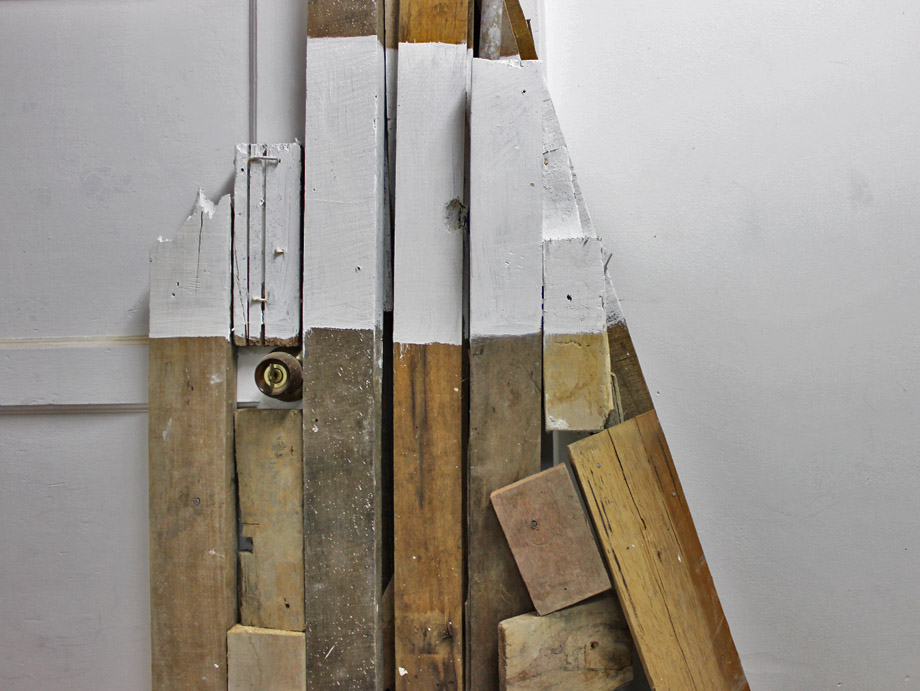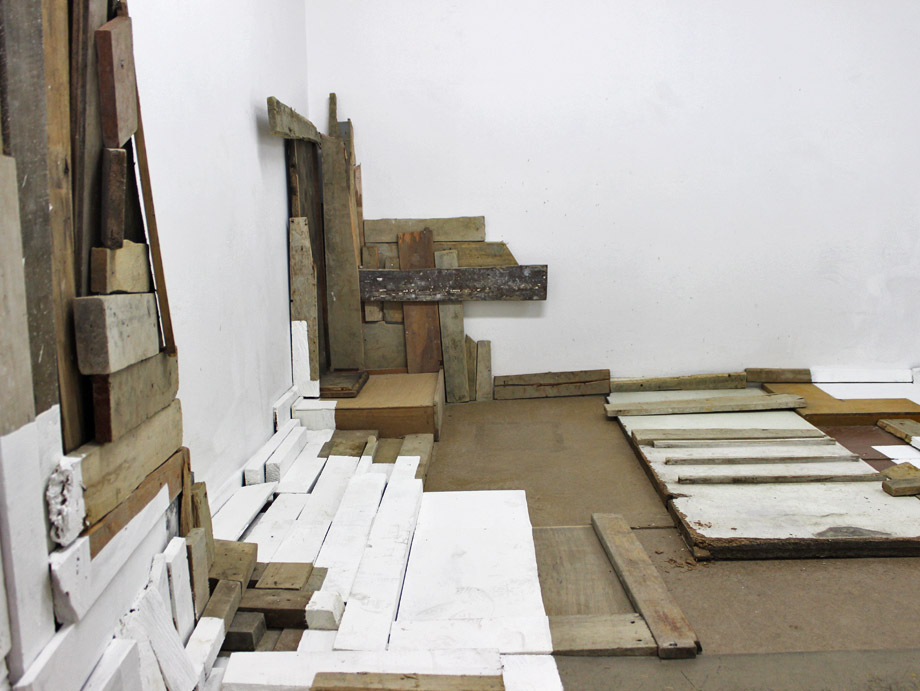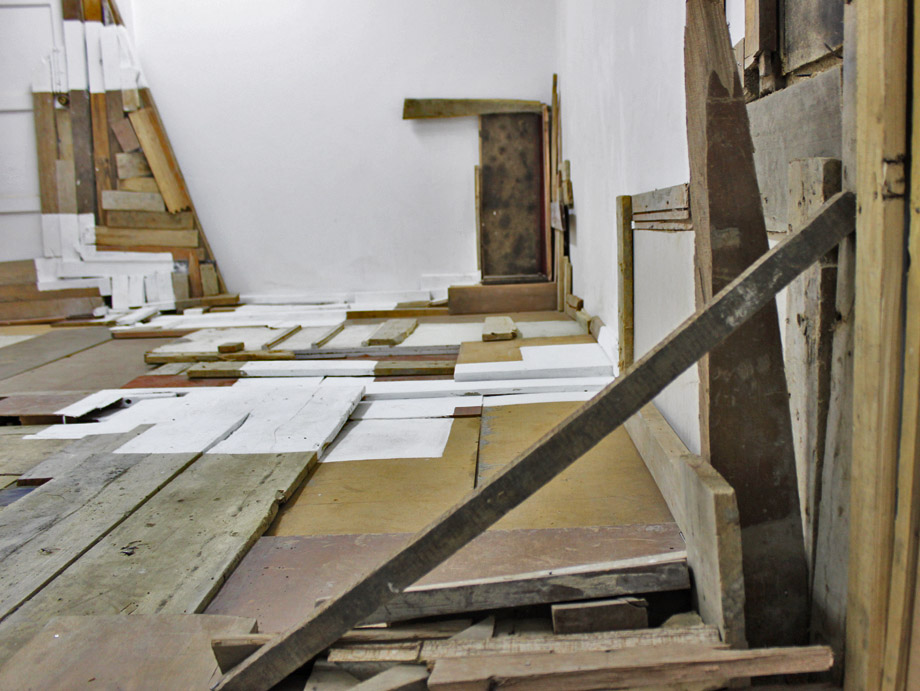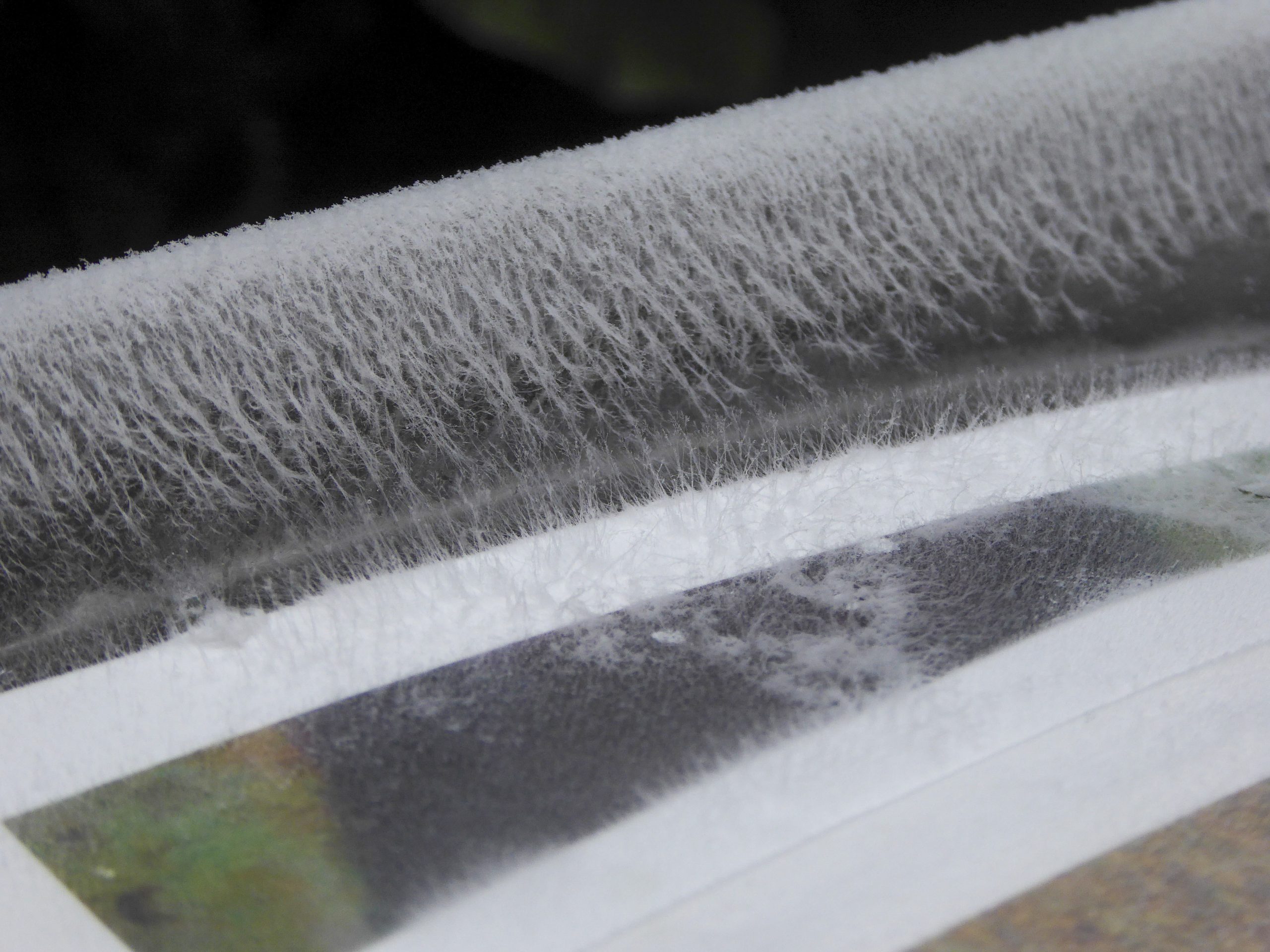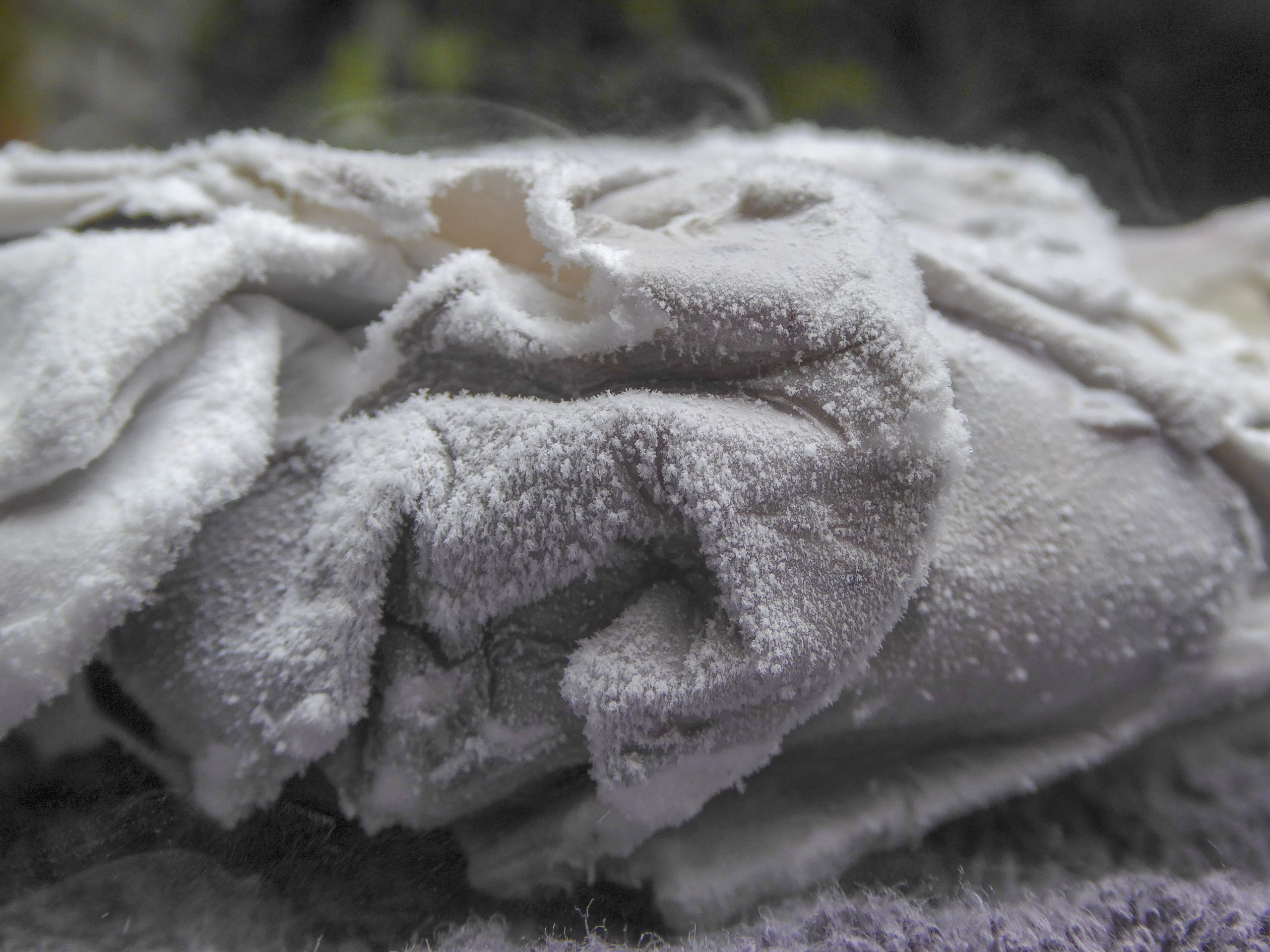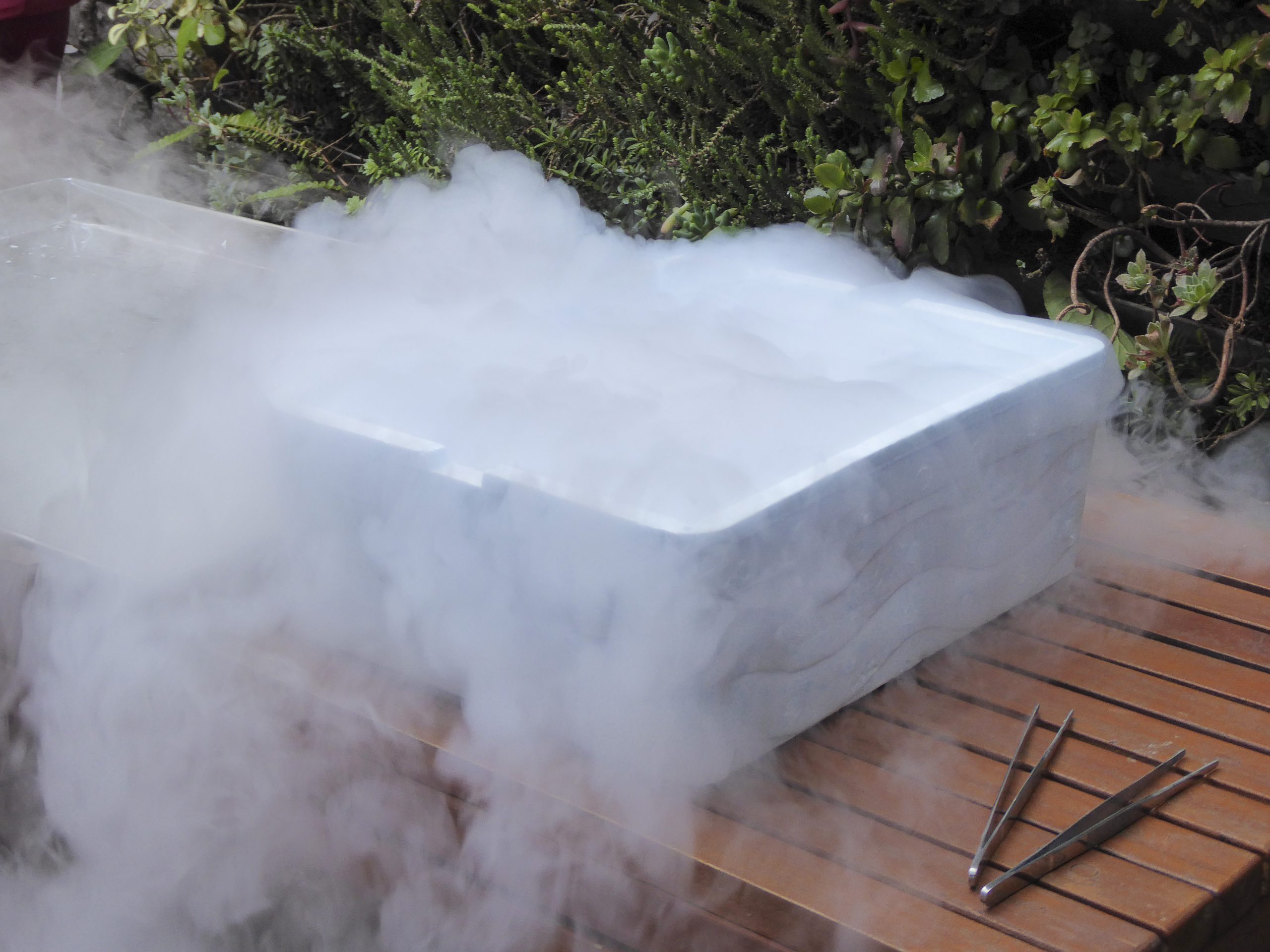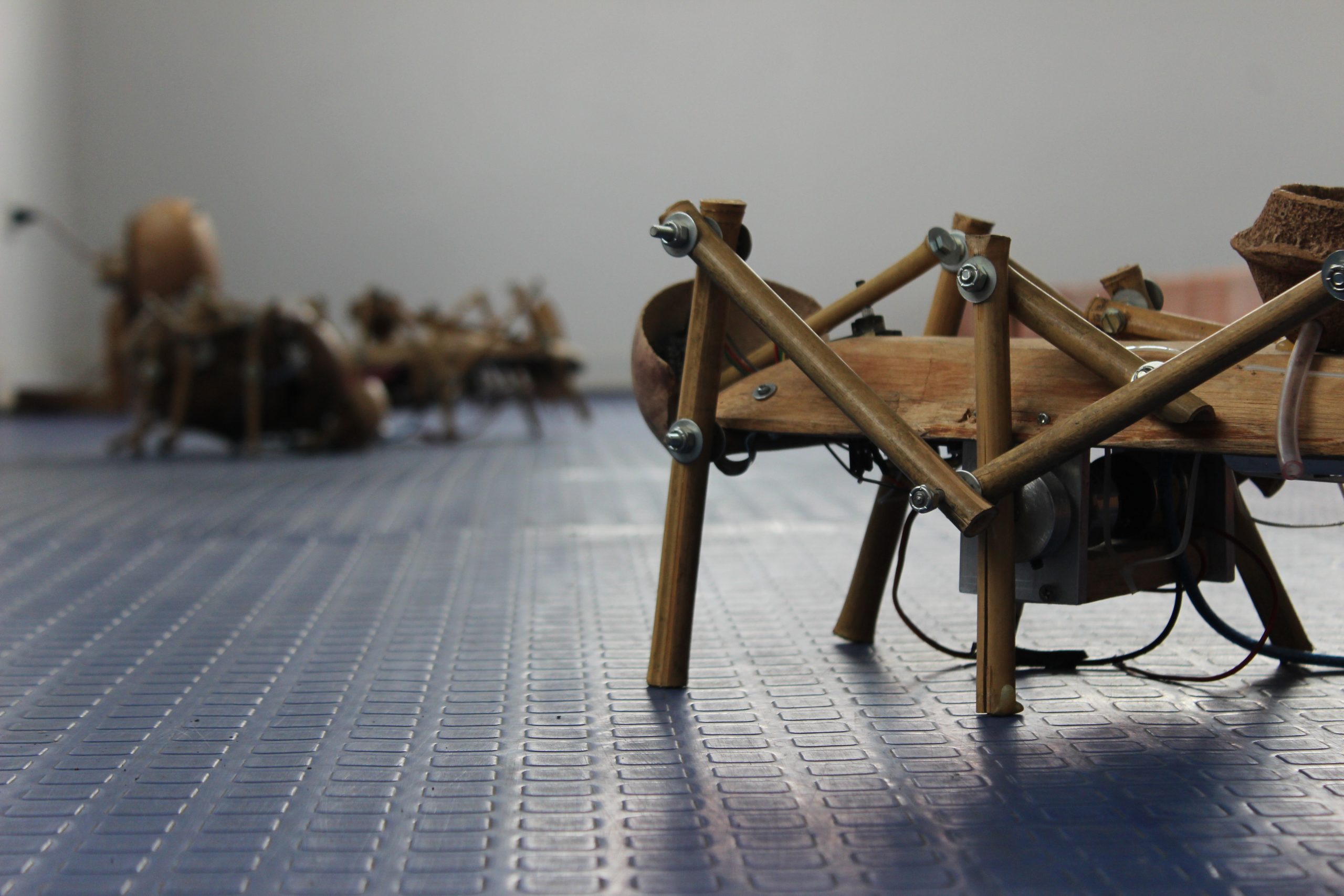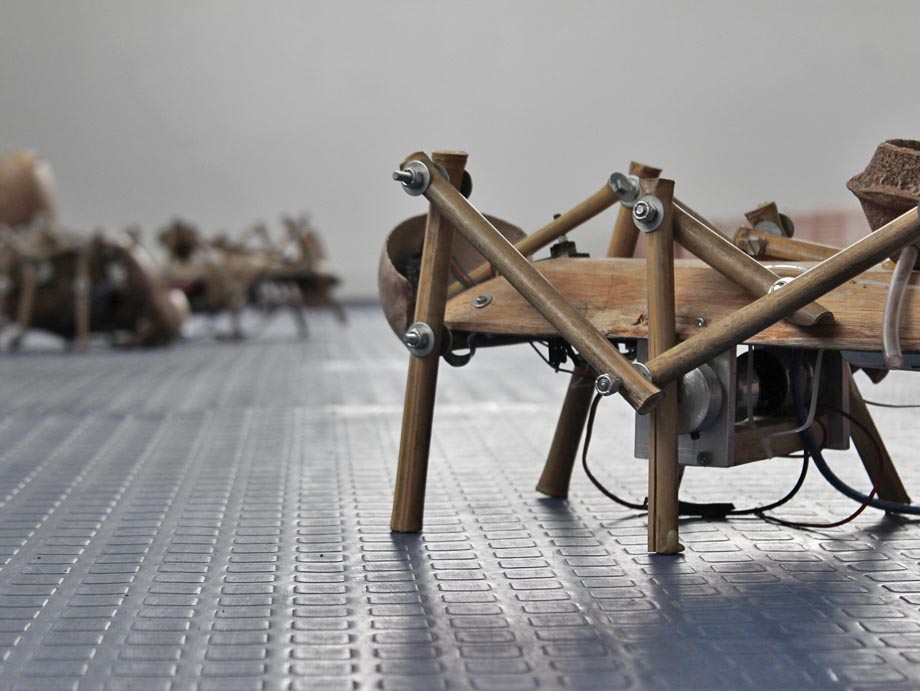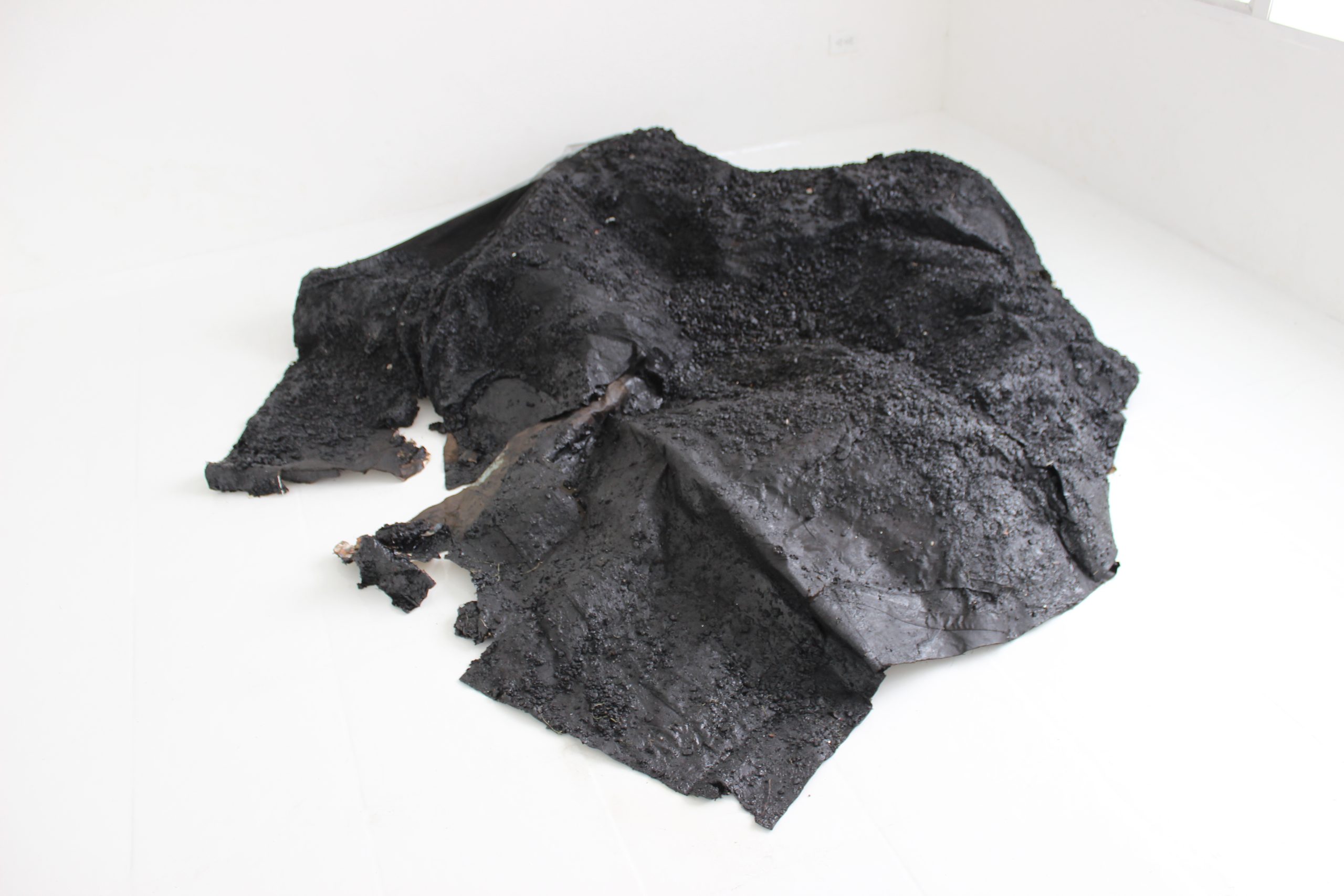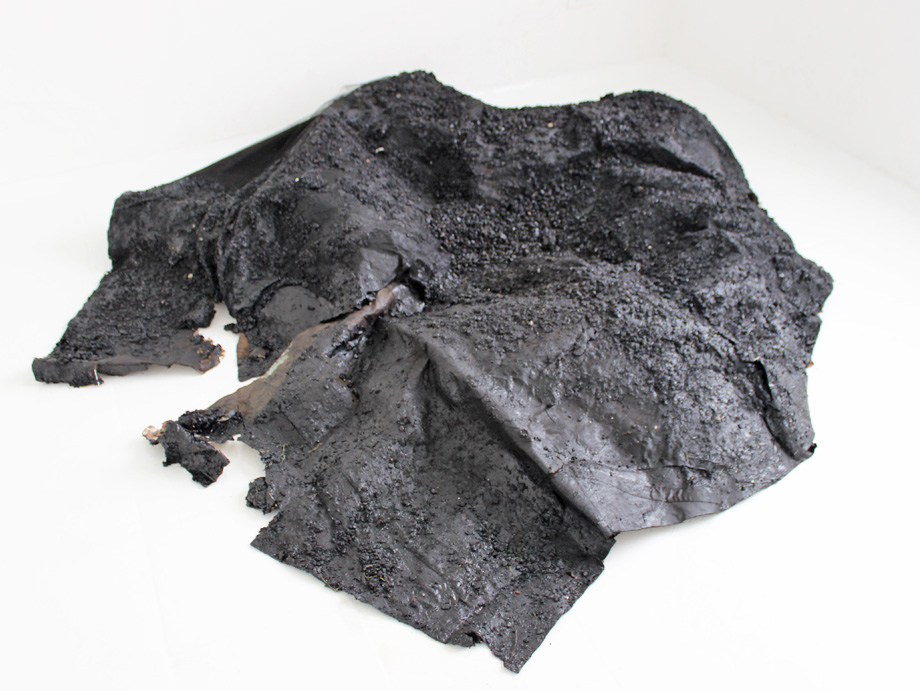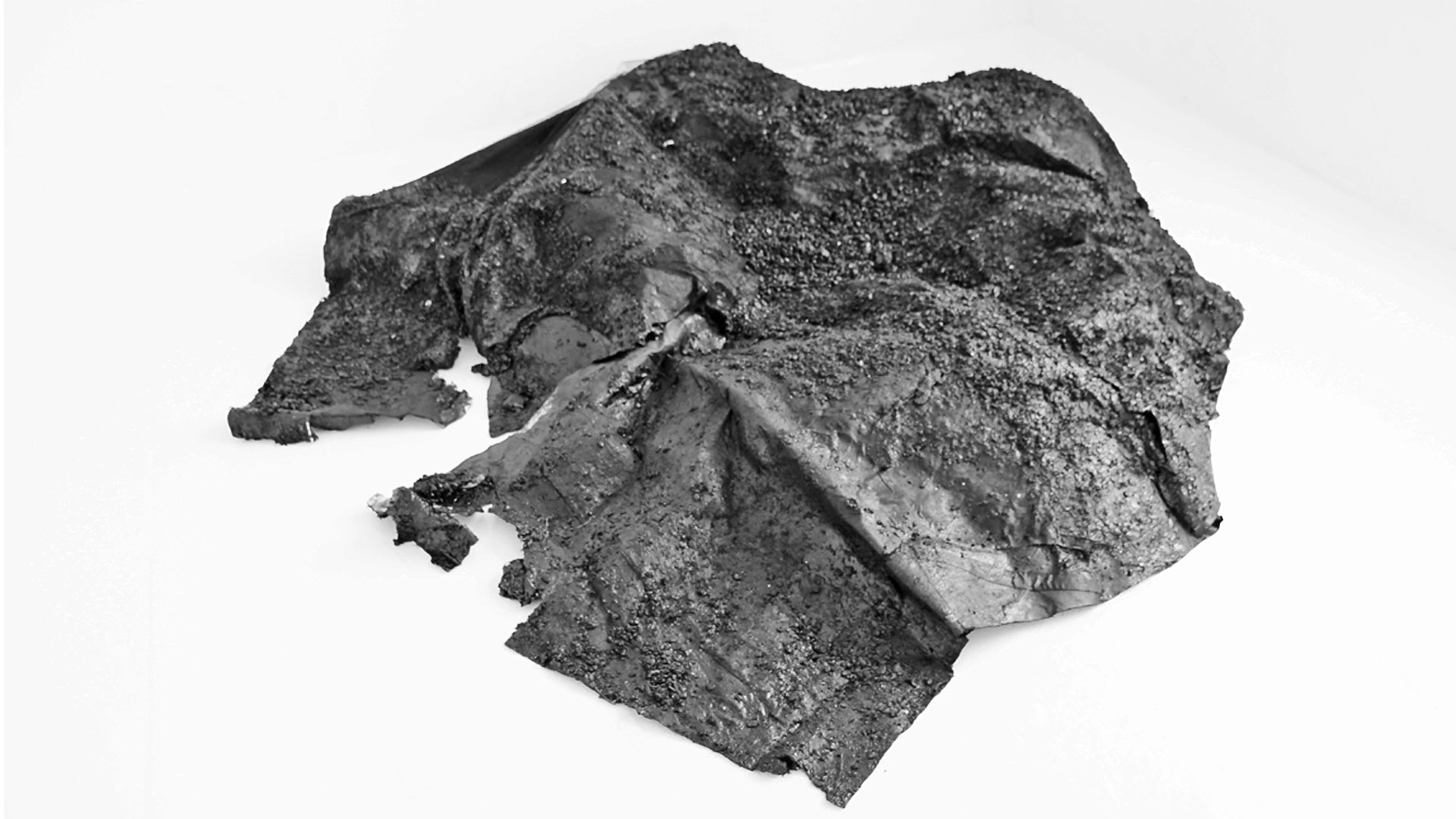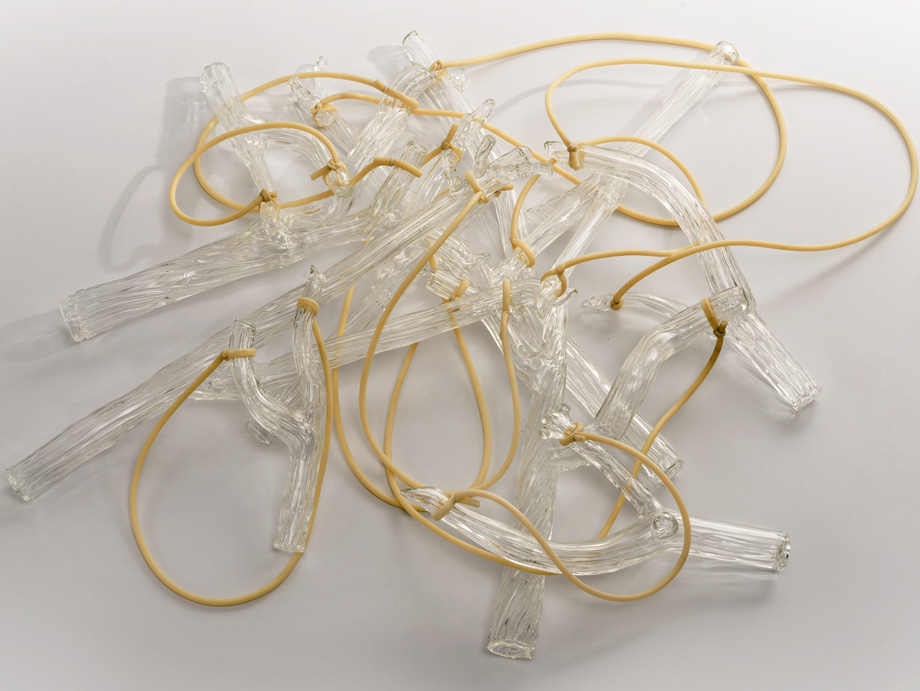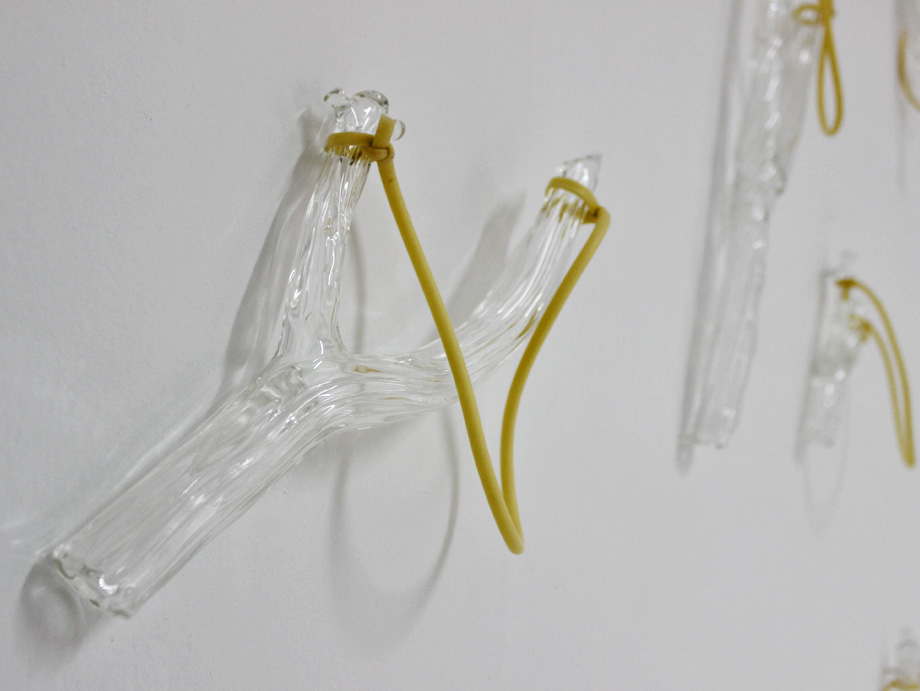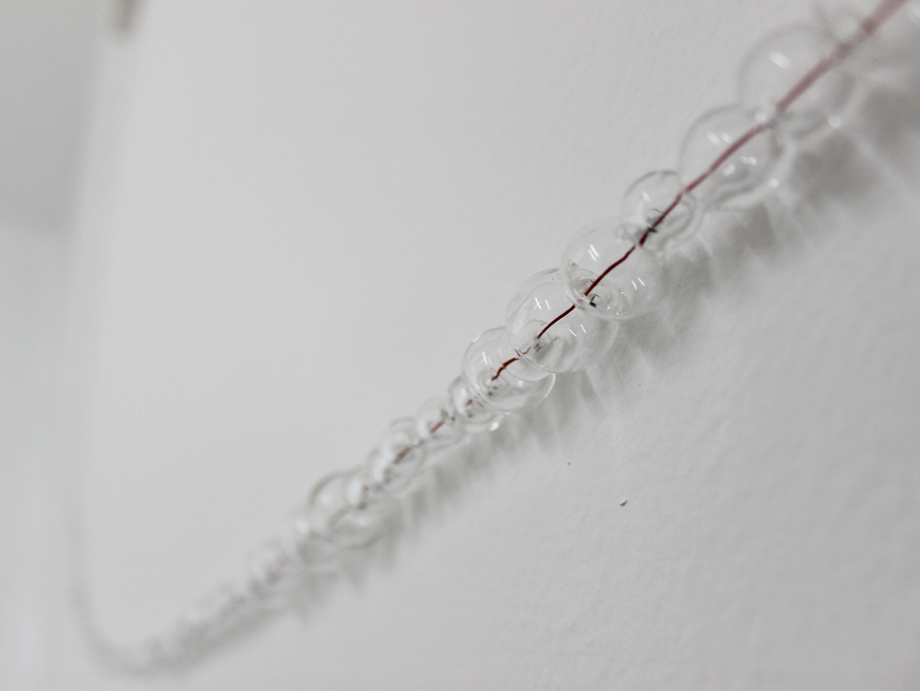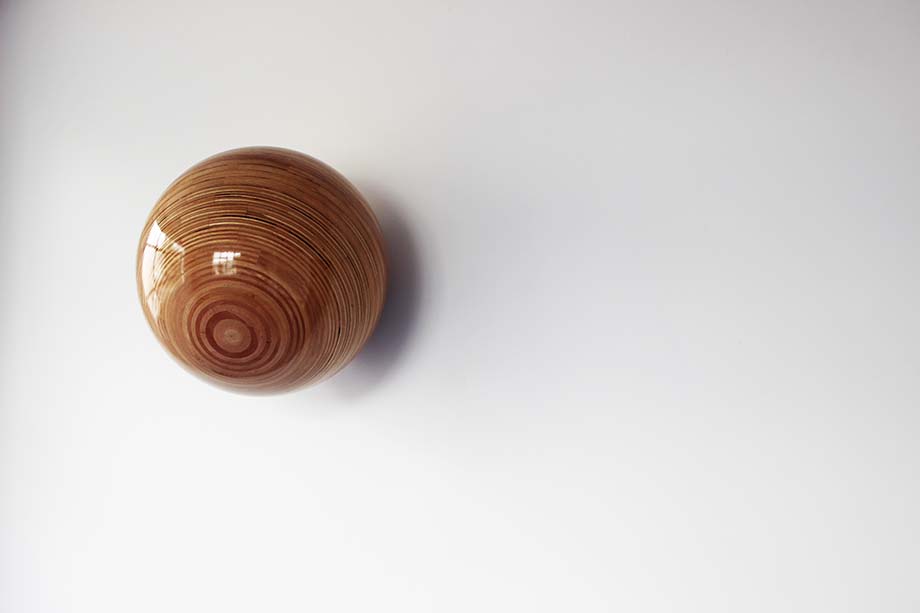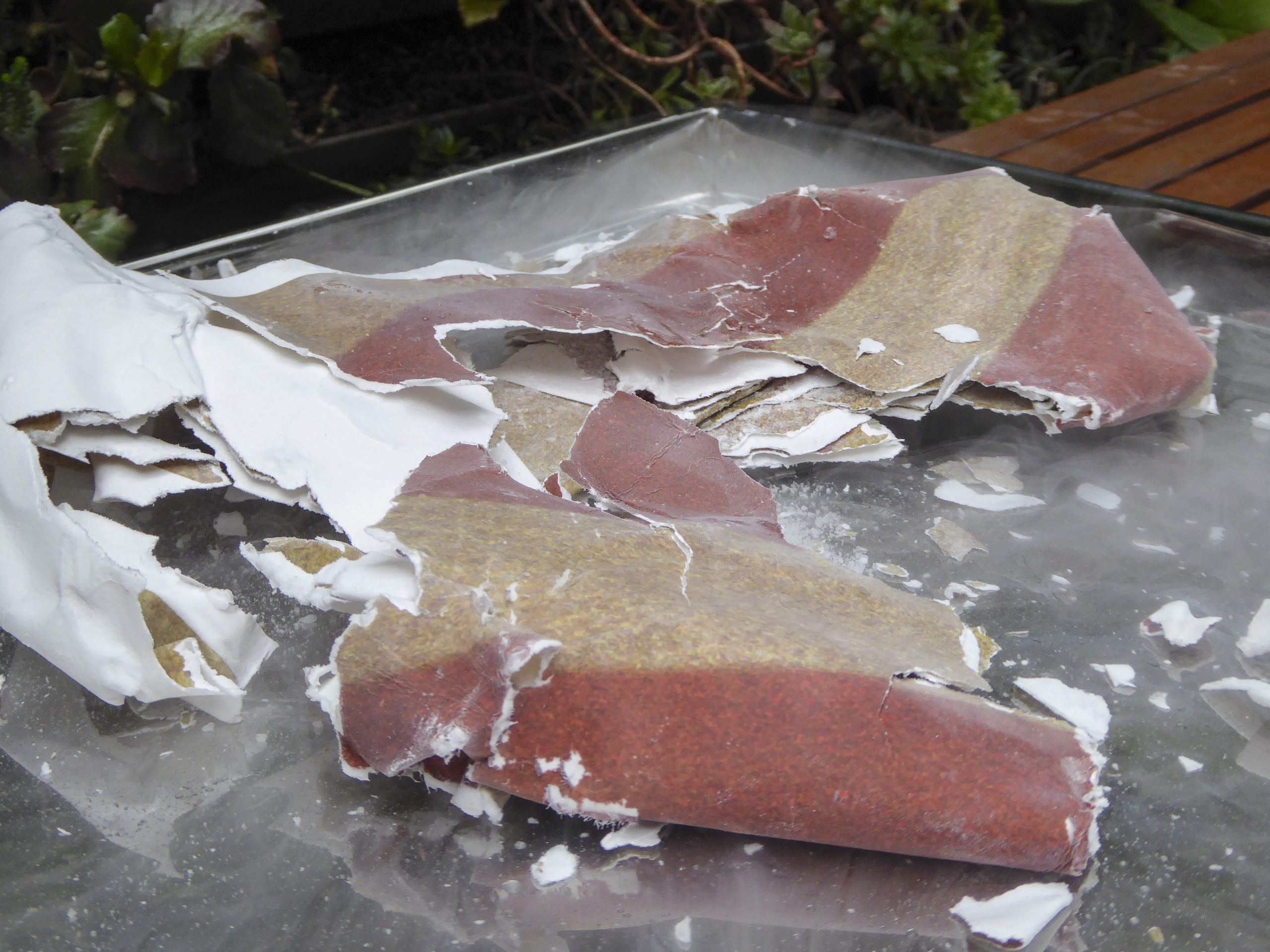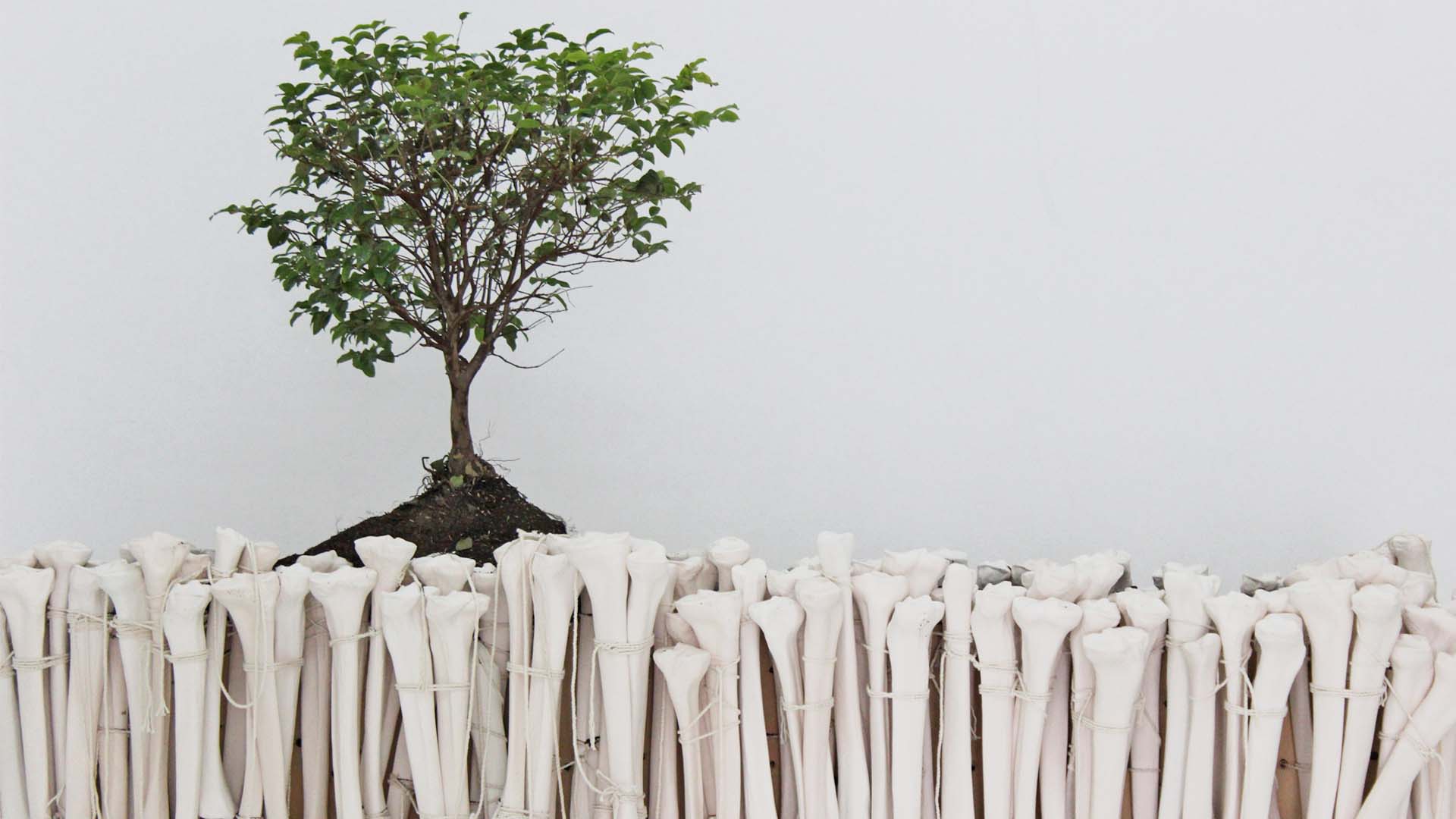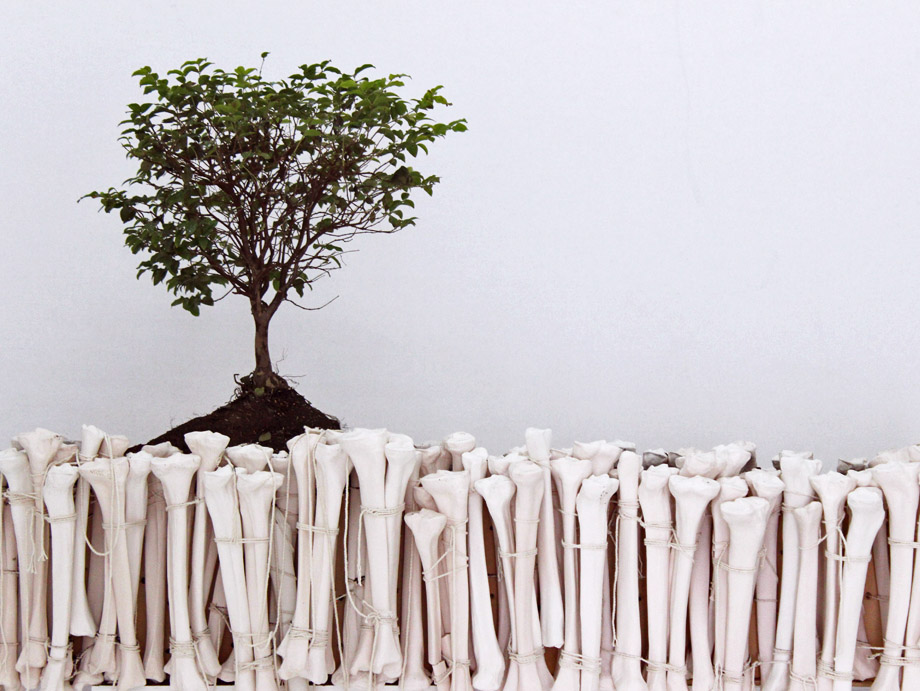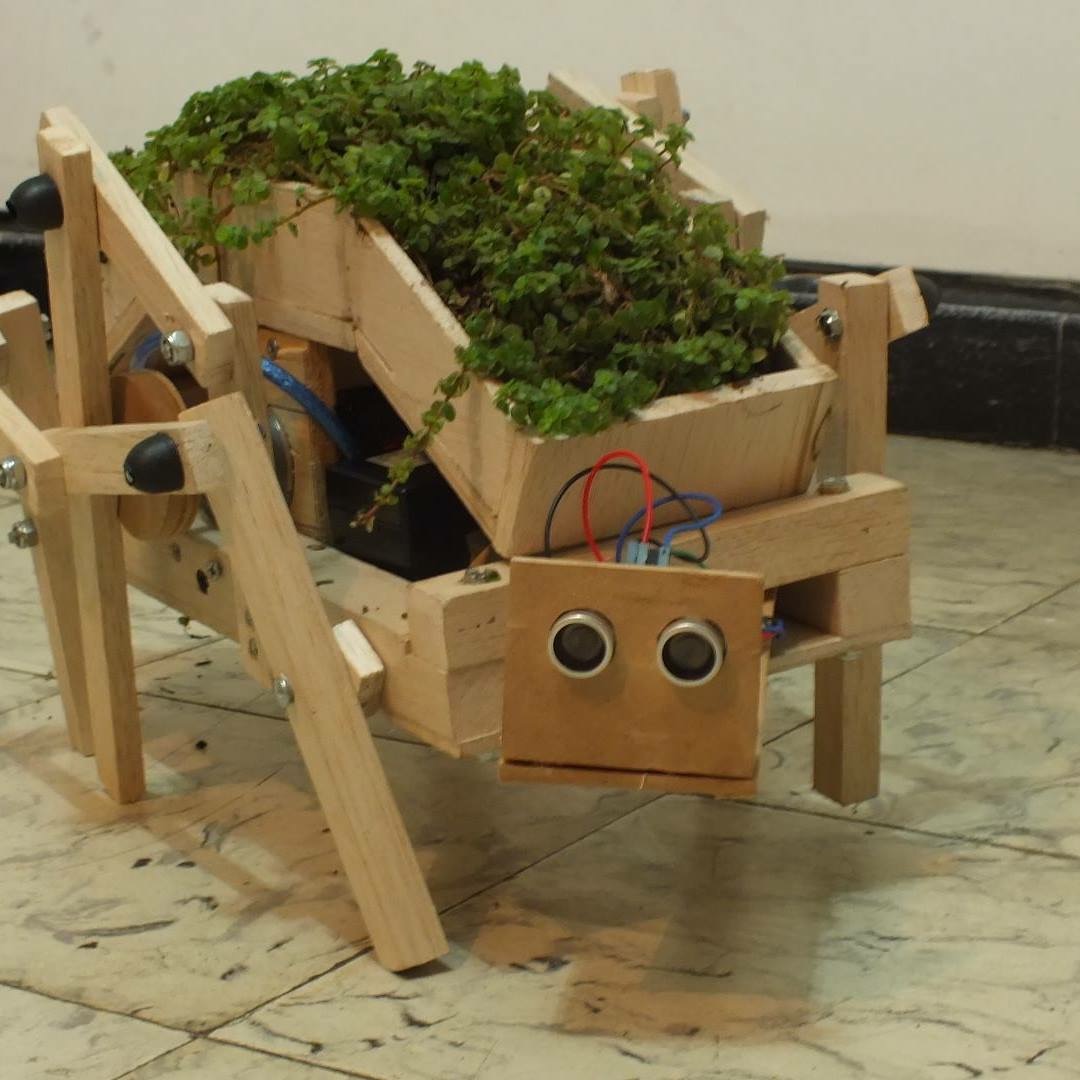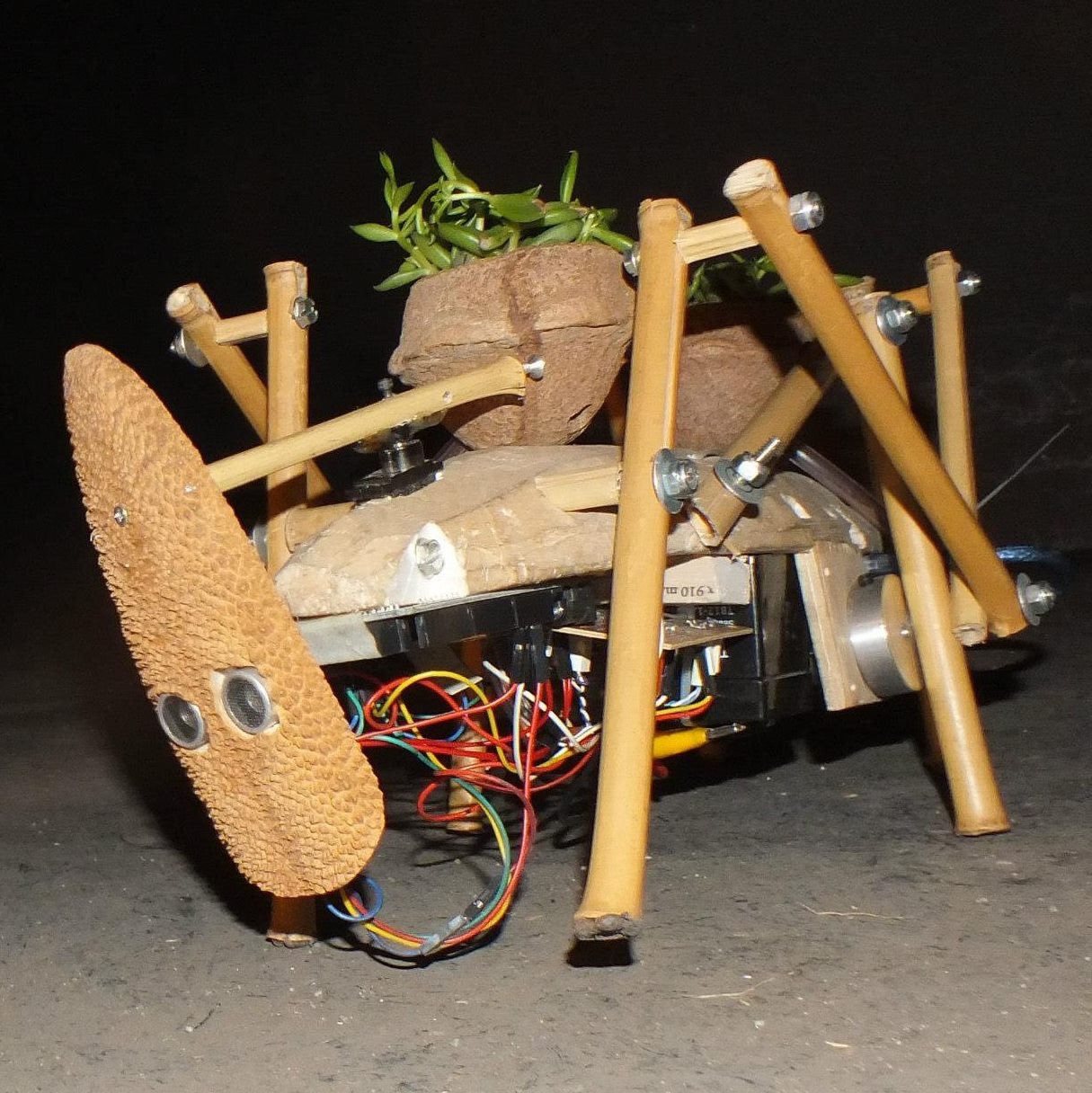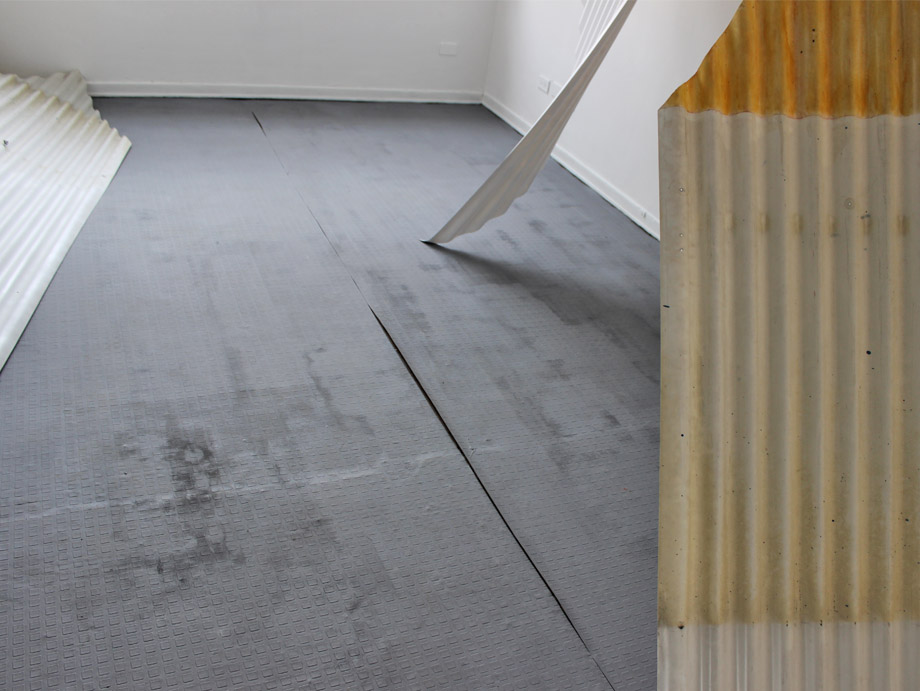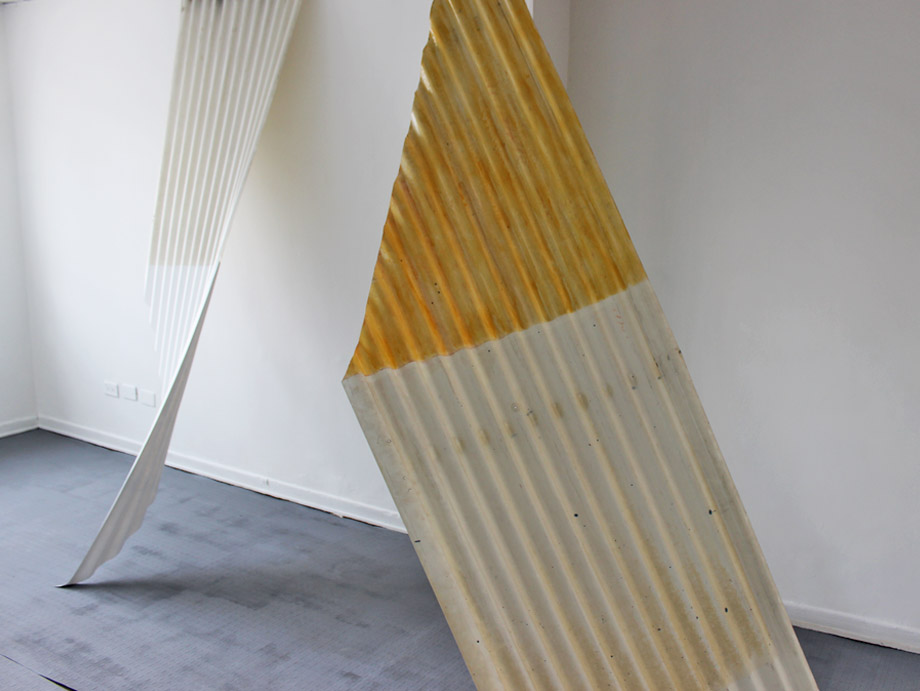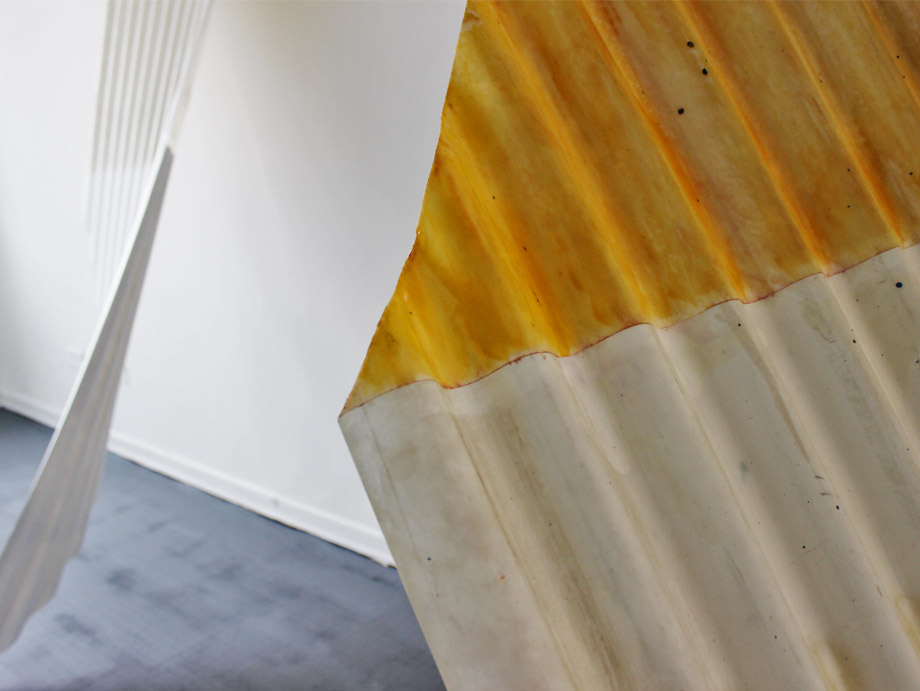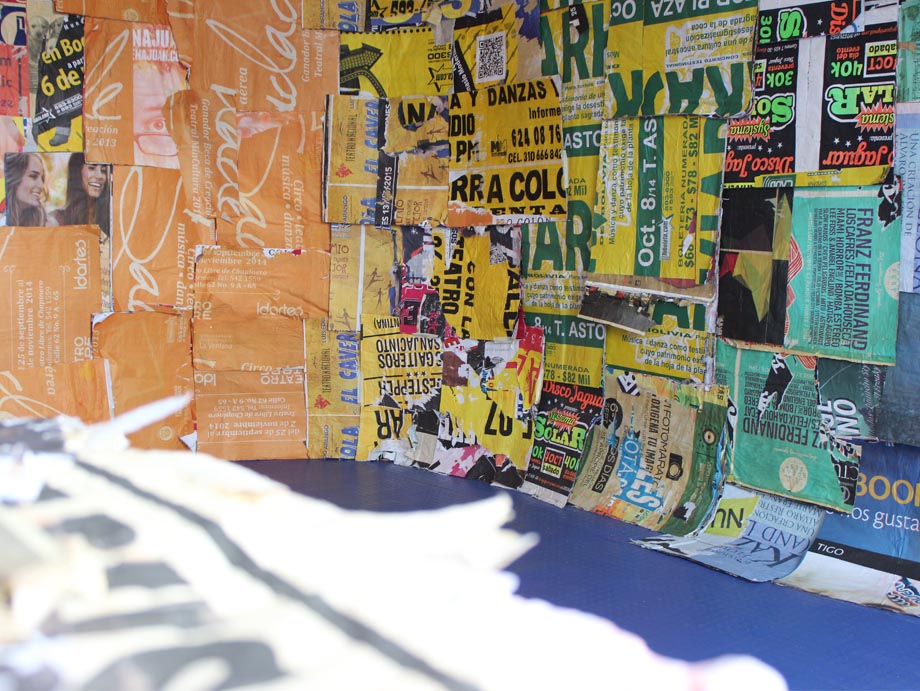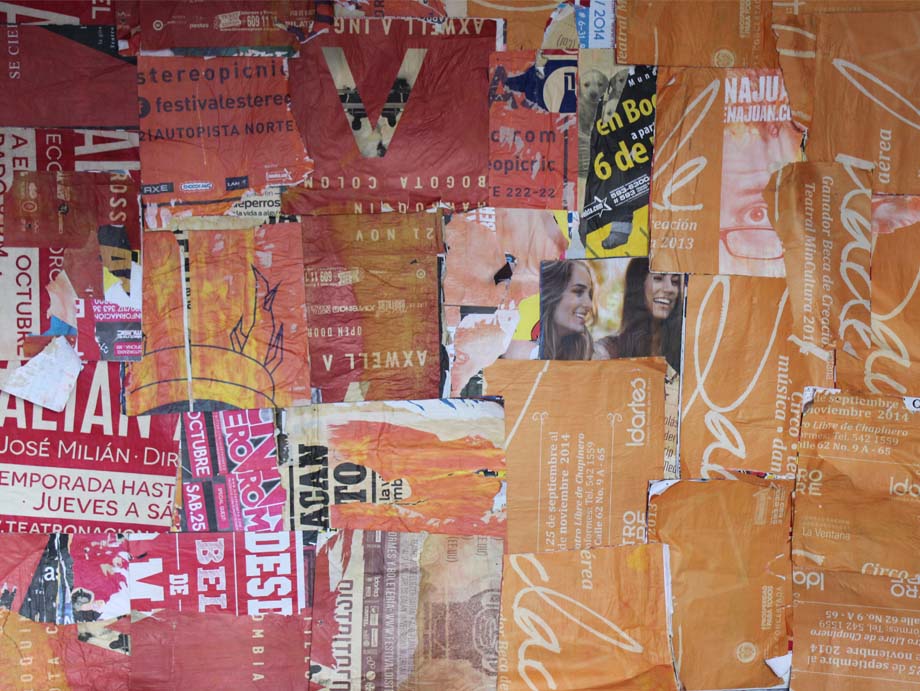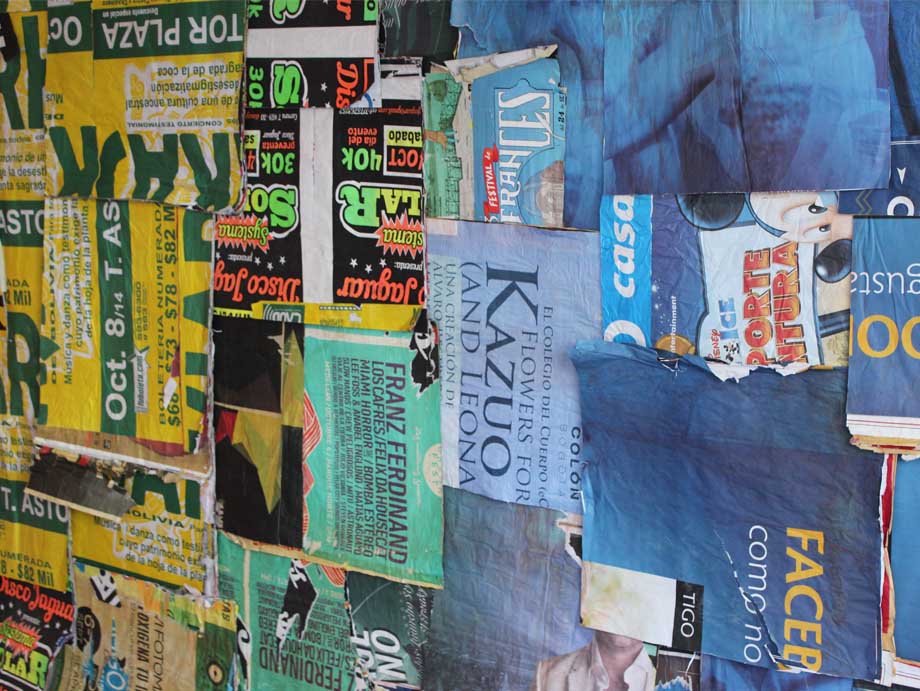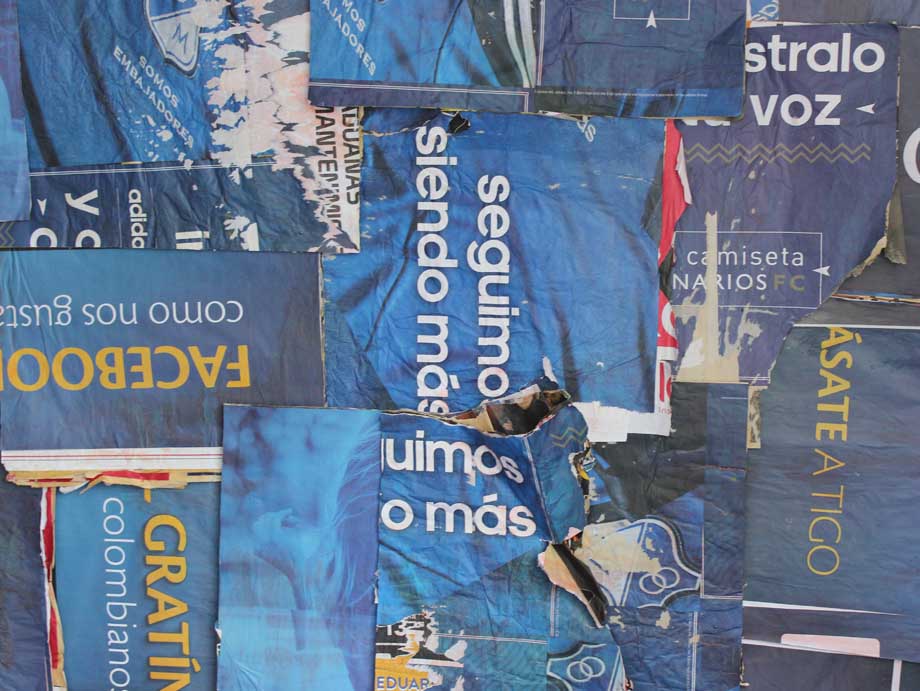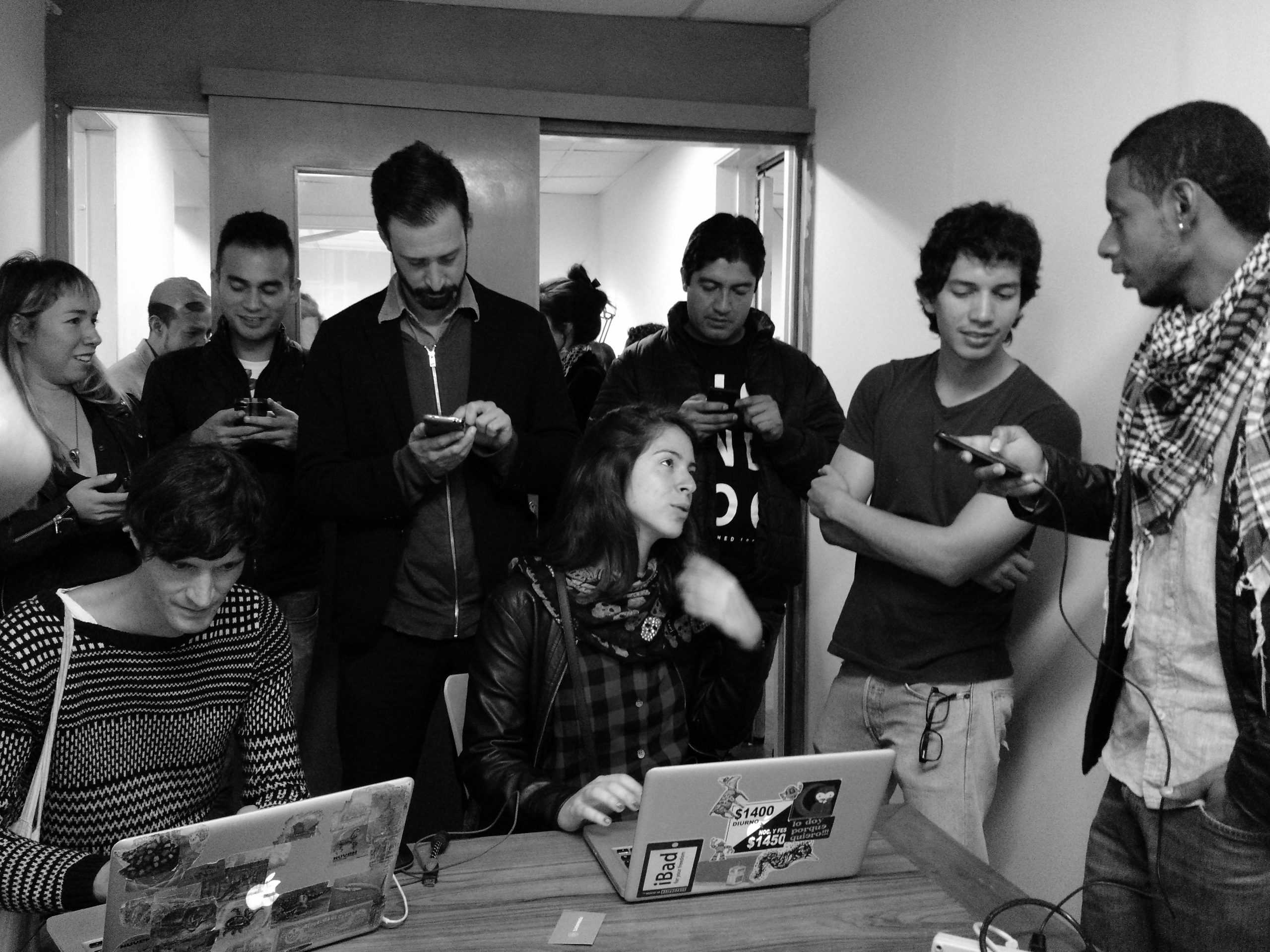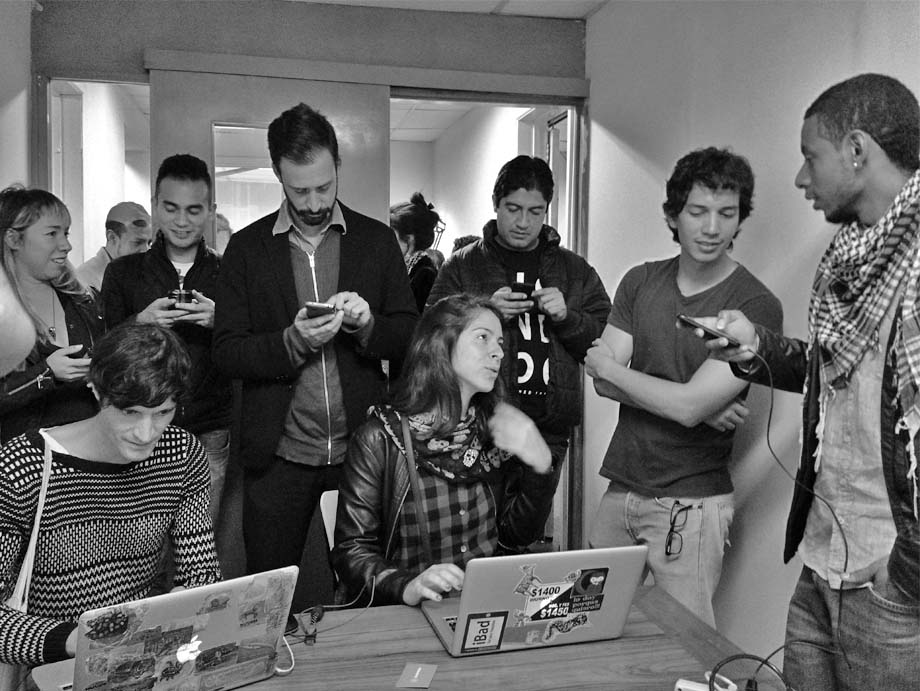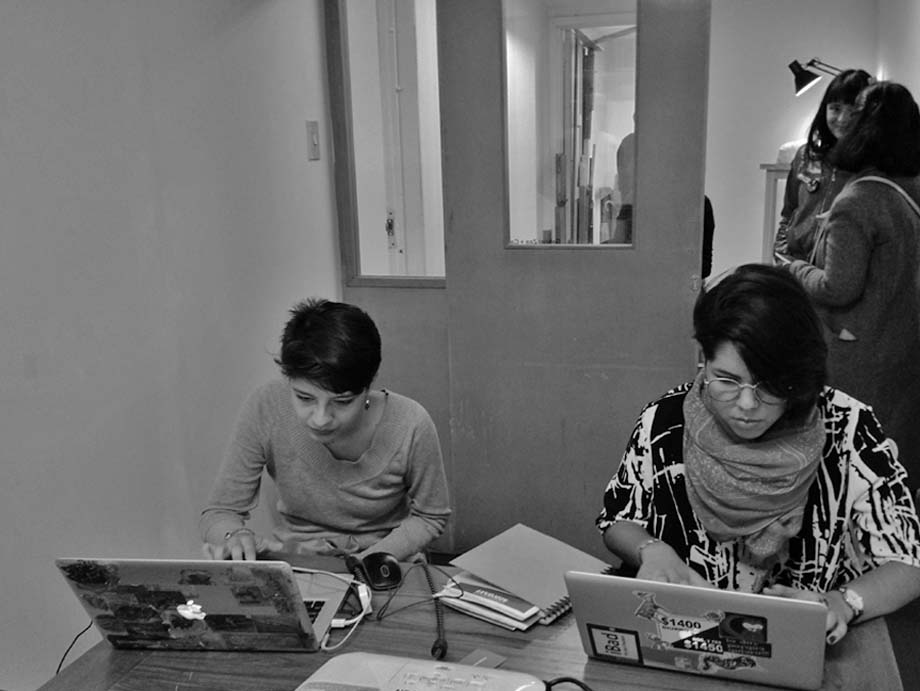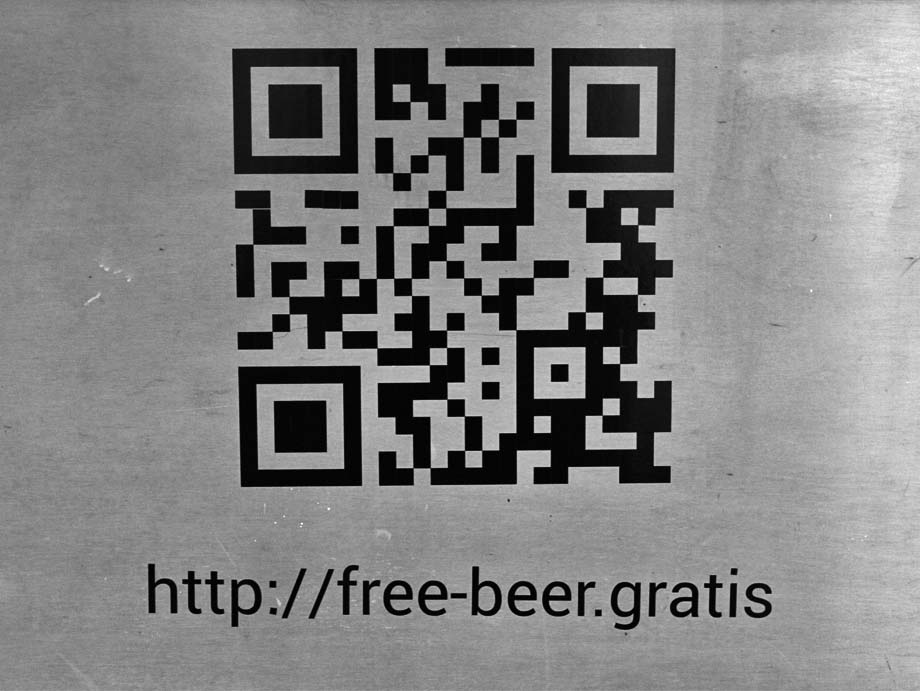NON-ORGANIC LIFE
Artists:
Verónica Lehner
Carlos Bonil
Juan Melo
Federico Ovalles-Ar
Víctor David Garces
Laura Ceballos
Nicolás Cardenas
Luz Angela Lizarazo
Gabriel Zea + Camilo Martinez
Rafael Gómez Barros
Angélica Teuta
Andrés Matías Pinilla
Caroline Bray
Andrés Londoño
Curated by: John Angel Rodriguez
“Non-Organic Life” brings together artists addressing creative processes that denature the origin of the materials employed or contradict the properties of their constituent references.
GCP’s architecture requires artists to establish a dialogue between the space and their procedures; therefore, the works displayed in this exhibition project were generated in situ. This gesture not only includes an appropriation of a site-specific intervention concept; it also becomes a fundamental aspect of the artworks exhibited here, which also allows artists to experiment with methods towards spatial interaction. This initiative aims to propose a waiver against figuration.
All life on Earth is based on organic biology, and “Non-Organic Life” considers the inorganic world as a nurturing playground of configurations. We believe that residual materials and inert substrates can express content regardless of their sources. Our exhibition “Non-Organic Life” brings together a group of art practitioners who are exploring the possibilities of inanimate life, using both installation resources and non-monumental materials.
The residual material found in a city generates a vast range of clusters. Looking at these masses as isolated segments, we can understand them as assemblages of microenvironments, created from the accumulation of different volumes that coalesce and form a substratum. In the majority of cases, these are incompatible materials, but due to the corrosive effect of weathering and neglect, they are compacted as solids. In turn, these clusters delocalized from their urban context resemble terrain formations. In some of these installations, we can distinguish surfaces whose morphological structure shows a familiarity with images captured by satellite photographic devices.
The way we propose site-specific interventions to the artists in this project gives them a chance to perform an action of dissection and remove non-organic forms. This becomes a feature that provides a set of possibilities to explore the physical properties of each of these segments and configure a new cartography of inert landscapes.
Working with non-organic materials for experimentation was an early initiative during the Second World War, known as the Manhattan Project (Los Alamos laboratories, New Mexico, USA, 1942). These facilities were initially devoted to research and development of nuclear weapons. The laboratory work culminated in the creation of different atomic devices. For instance, the bombs dropped on Hiroshima and Nagasaki were the result of the collaborative work of several scientists at this centre of research and innovation. The laboratory changed its orientation after the Cold War and diversified into new policy needs, no longer requiring the creation of mass destruction weapons. Consequently, their efforts migrated towards the research of anti-war technologies. Nuclear research was reduced to computer simulations, nevertheless, the atmosphere and the memories of the experiments developed in this area aroused various activists’ initiatives, protesting against the environmental damages and side effects caused to the population living there.
Non-Organic Life observes the accumulation of non-organic materials, thrown in different coordinates of our urban landscape as an environmental setback. The damages caused by these materials deposited along the streets cannot be compared to the nuclear experiments performed at Los Alamos Laboratories; however, each cluster of non-recyclable substances and non-biological cumulus contributes to the environmental imbalance of the urban environment. The artists at “Non-Organic Life” rescued and sometimes denatured the origin of these materials. Some play on the syntactic poetics of matter, and others hope to revitalize these substrates by configuring immersive installations.”






